Whether you are propelling your body upward, downward, backward, or forward, the back is one of the most integral pieces to your movement.
The back is the entire posterior of the body, from the neck to the buttocks. It is a complex arrangement of muscles such as the rhomboid, teres major, spinal support muscles, trapezius, and the latissimus dorsi.
Below is an overview of all these muscles, their functional anatomy, as well as their locations.
Back Muscle Functions
The anatomy of the back consists of several individual muscles. Understanding them all allows you to effectively focus on each, which contributes to developing a solid back.
You can find some of the most important, and the most massive muscles in the human body in the back. Unfortunately, many people don’t afford them enough attention.
These muscles not only give spinal protection. They also allow you to reach, pull, extend your arms, stretch your torso, and stand straight up.
If back muscles are poorly developed, the results can be musculature imbalance, muscle tweaks, or a hunched look. All these issues can lead to consistent back pain and discomfort.
Latissimus Dorsi (Lats)
View this post on Instagram
The latissimus dorsi, which are also referred to as “wings” or “lats,” are the most popular. They are also the most massive back muscles.
When the lats become large enough, they give the body its “V-taper,” as it protrudes from the underarms and the back of the ribs.
For this reason, they are the most commonly targeted back muscles by gym-goers. However, many people do not give them the attention needed to reach their full potential.
Lats give support in a wide range of situations and movements, such as reaching and pulling with your arms.
You can target your lats with a variety of common back exercises. These include pull-ups, lat pulldowns, barbell bent-over rows, deadlifts, and dumbbell one-armed rows.
Trapezius (Traps)
You can find these muscles between your neck and shoulders. They are most noticeable from a frontal perspective because your collarbone has a lower height than they do. Be that as it may, they also extend to the lower back.
Three muscle fiber sections make up the traps, which are:
- Upper trapezius fibers
- Middle trapezius fibers
- Lower trapezius fibers
This composition makes the traps a complex muscle grouping. The traps are responsible for the control of the scapulae (shoulder blades), which contribute to head support, shrugging, neck movement, and other fundamental actions.
Male gym goers tend to pay too much attention to the upper traps, or they pay too little attention to all the traps. For those who focus on the upper, middle, and lower areas evenly, the traps contribute to an excellent physique, and they also contribute to the prevention of shoulder and neck issues.
Power cleans, deadlifts, and shrugs are great for the upper traps. Barbell rows, cable face pulls, and rear deltoid raises are best for hitting the lower and middle traps.
Spinal Support Muscles
These muscles are responsible for the lining of your spinal column, from your lower back to your upper back. They are the reason you can flex your back in various directions. Additionally, they give support and protection to your vertebrae, which means that strengthening them leads to better core stabilization and posture.
Proper back training leads to the development of your spinal support muscles, which results in greater body strength, as well as an increase in your back’s thickness.
There is no exercise more conducive to developing these muscles than deadlifts. Unfortunately, many gym-goers don’t deadlift. Therefore, the spinal support muscles don’t get enough attention.
Apart from deadlifts, other exercises can target this area, including heavy barbell squats, barbell good mornings, and hyperextensions.
Rhomboid
You can find these muscles under the trapezius at the upper portion of the back. They begin at the vertebrae and terminate at an insertion point at the scapulae.
When you squeeze your scapula/shoulder blades together, you activate the rhomboid muscles in your back.
Therefore, the best back exercises for these muscles are those that require squeezing and relaxing of the shoulder blades. Some of the best workouts for targeting your rhomboids are pull-ups, chin-ups, one-armed rows, T-bar rows, seated rows, and barbell rows.
Teres Major
The teres major is a tiny muscle within the back. As it is small, you could easily overlook it; however, it is a vital muscle. Its exact location is beneath the lats. The combination of its position and its size has earned it the nickname “The Little Lat.”
You have probably guessed that the teres major works in tandem with the lats. While this is correct, the muscle also functions with the muscles in the rotator cuff. The teres major has several functions. The most notable are allowing the arms to be pulled downwards and allowing them to rotate inwards.
The best exercises for targeting this muscle are dumbbell pullovers and straight-armed lat pulldowns. Though you get the benefit of direct targeting with these isolation exercises, in practice, you may end up not using them very much. This is because the teres major can tremendously benefit from some compound exercises, which include rowing and pull up movements.
Conclusion
The back hosts a complicated network of muscles. The muscles provide support to your spine, and they also allow you to perform various essential movements. It is imperative that you maintain a strong and healthy back by doing the necessary exercises to challenge and strengthen it properly.
Of course, this requires an adequate understanding of each area and the type of exercises that are best for it. You need to do these exercises in a balanced manner, which allows all your back muscles to get adequate attention.
You should note that age is also a significant factor in the preservation of back health. As muscles naturally weaken with age, you need to ensure that you continue to exercise as you get older. Keeping back health a priority helps with the maintenance of strength and functionality.
Follow us on Facebook for more informative pieces!
The post Understanding the Anatomy of the Back appeared first on Gaspari Nutrition.


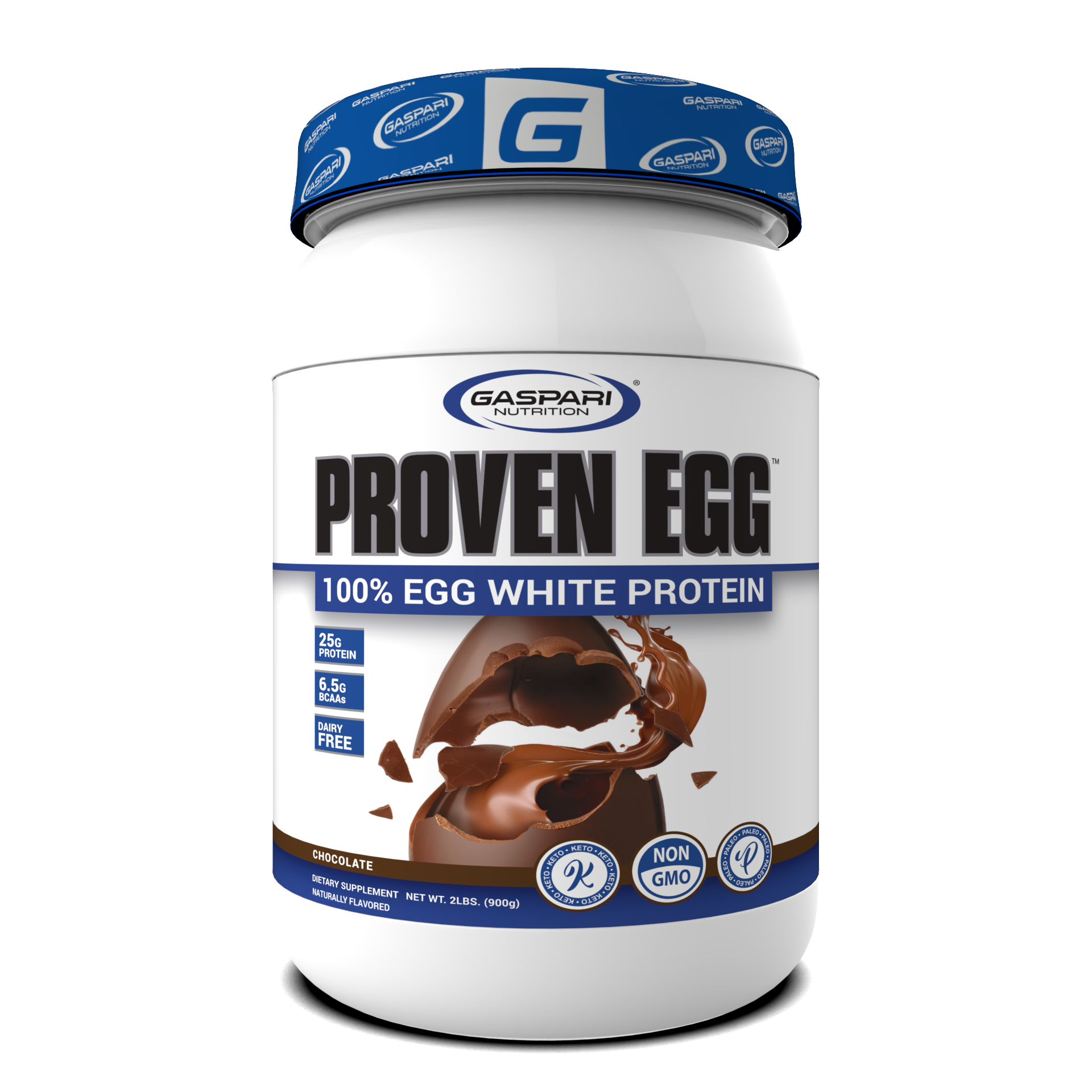
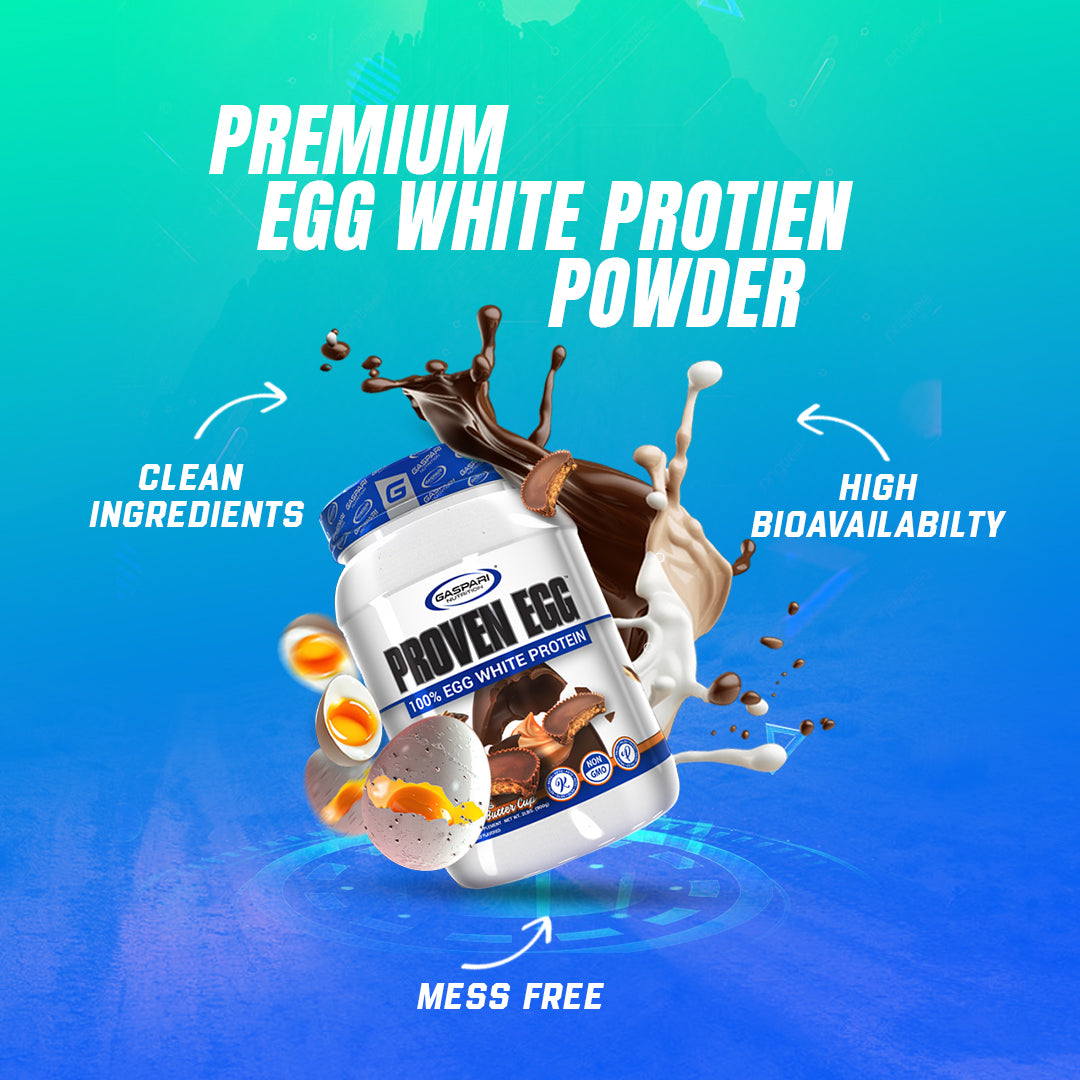
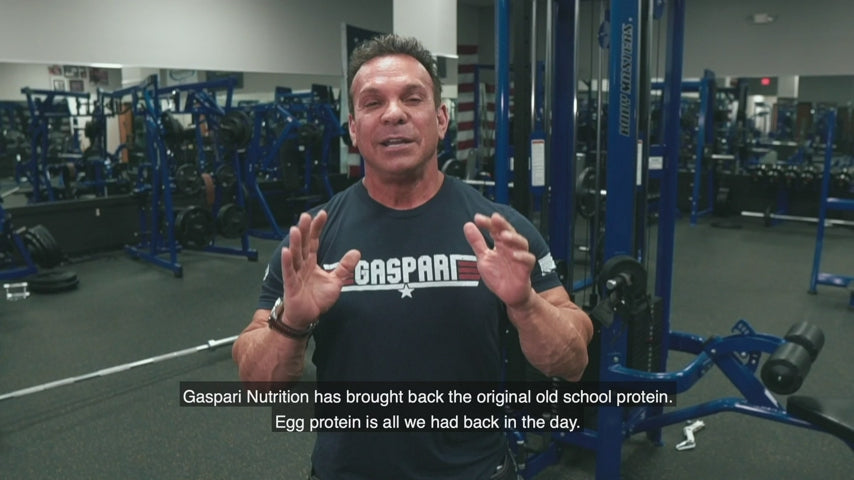


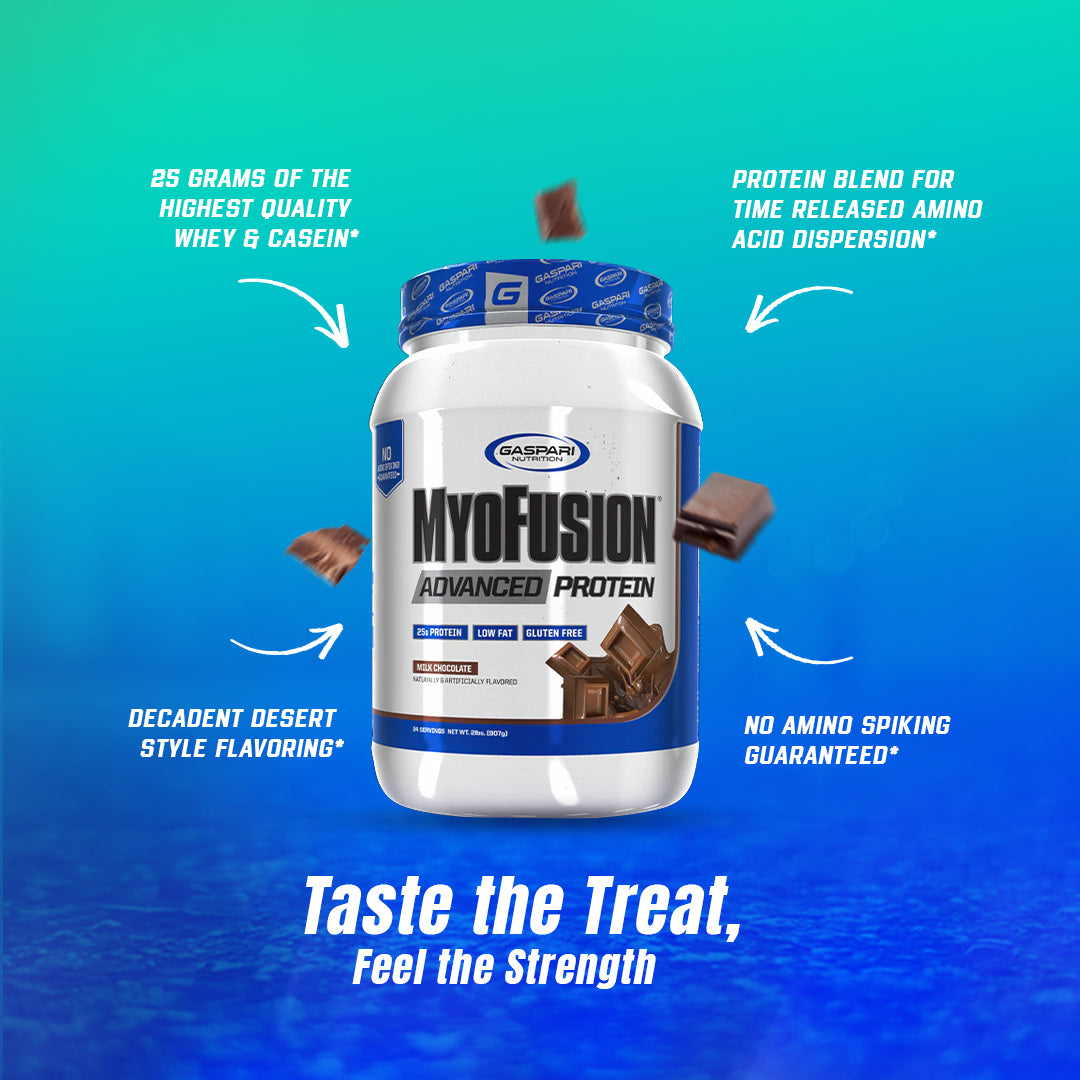
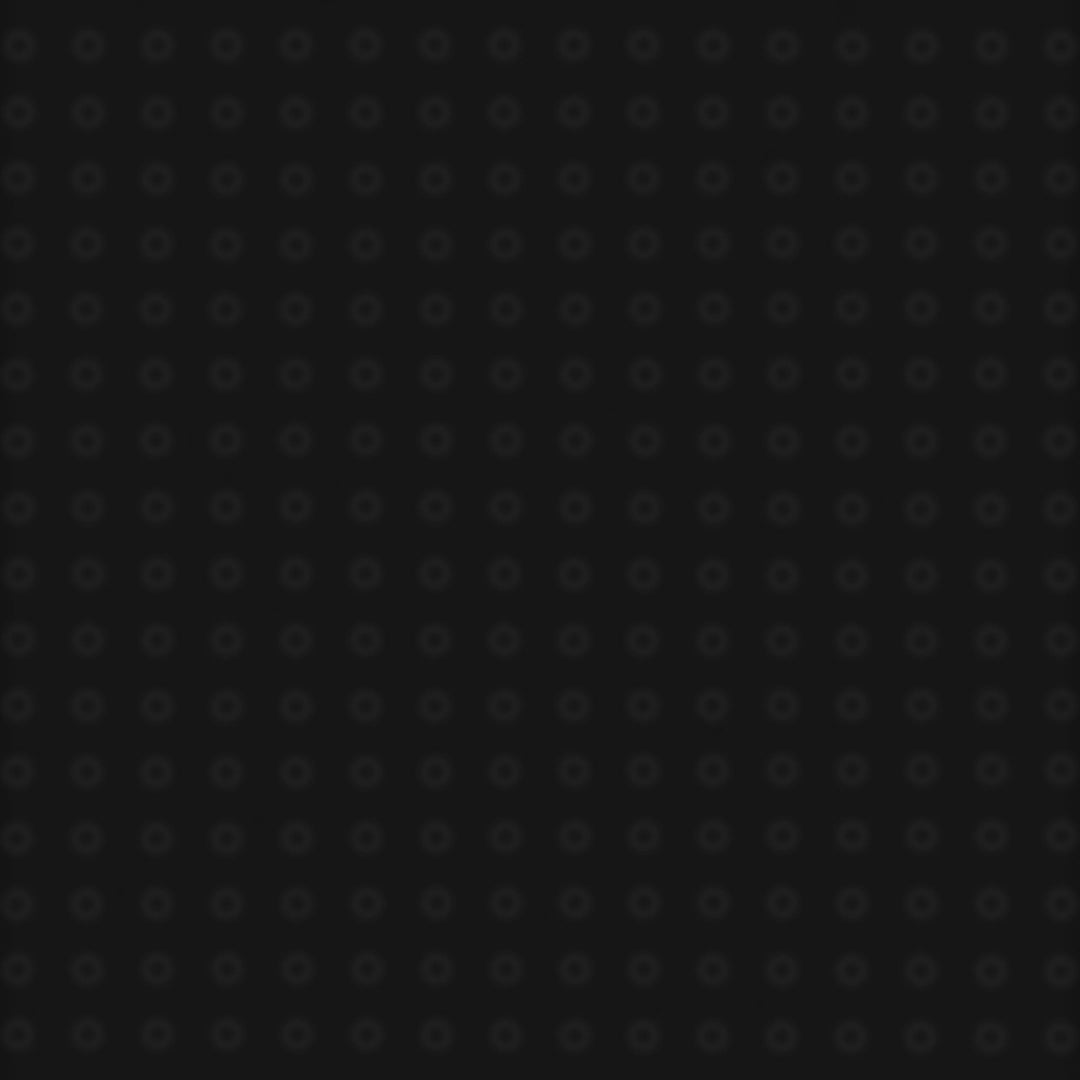
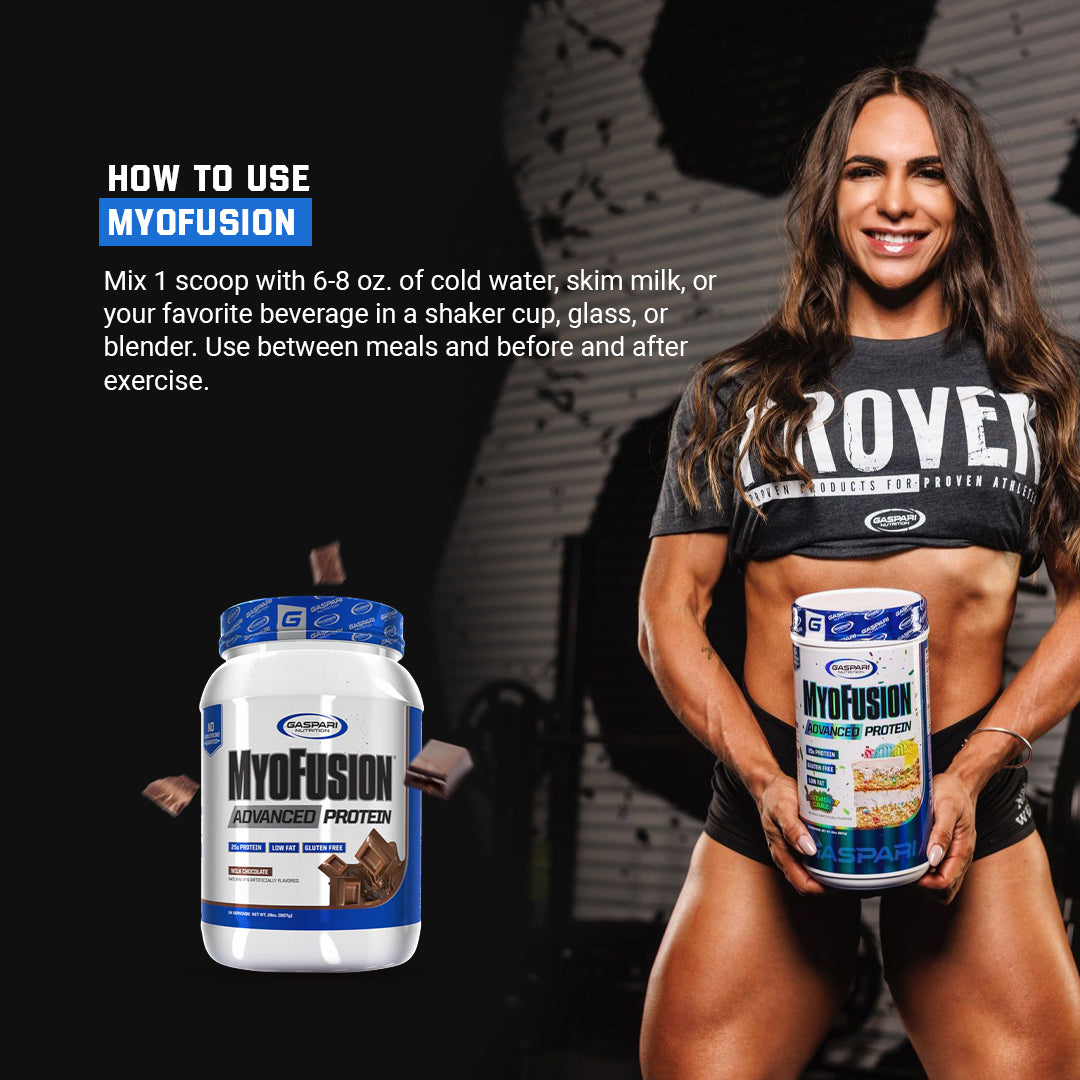

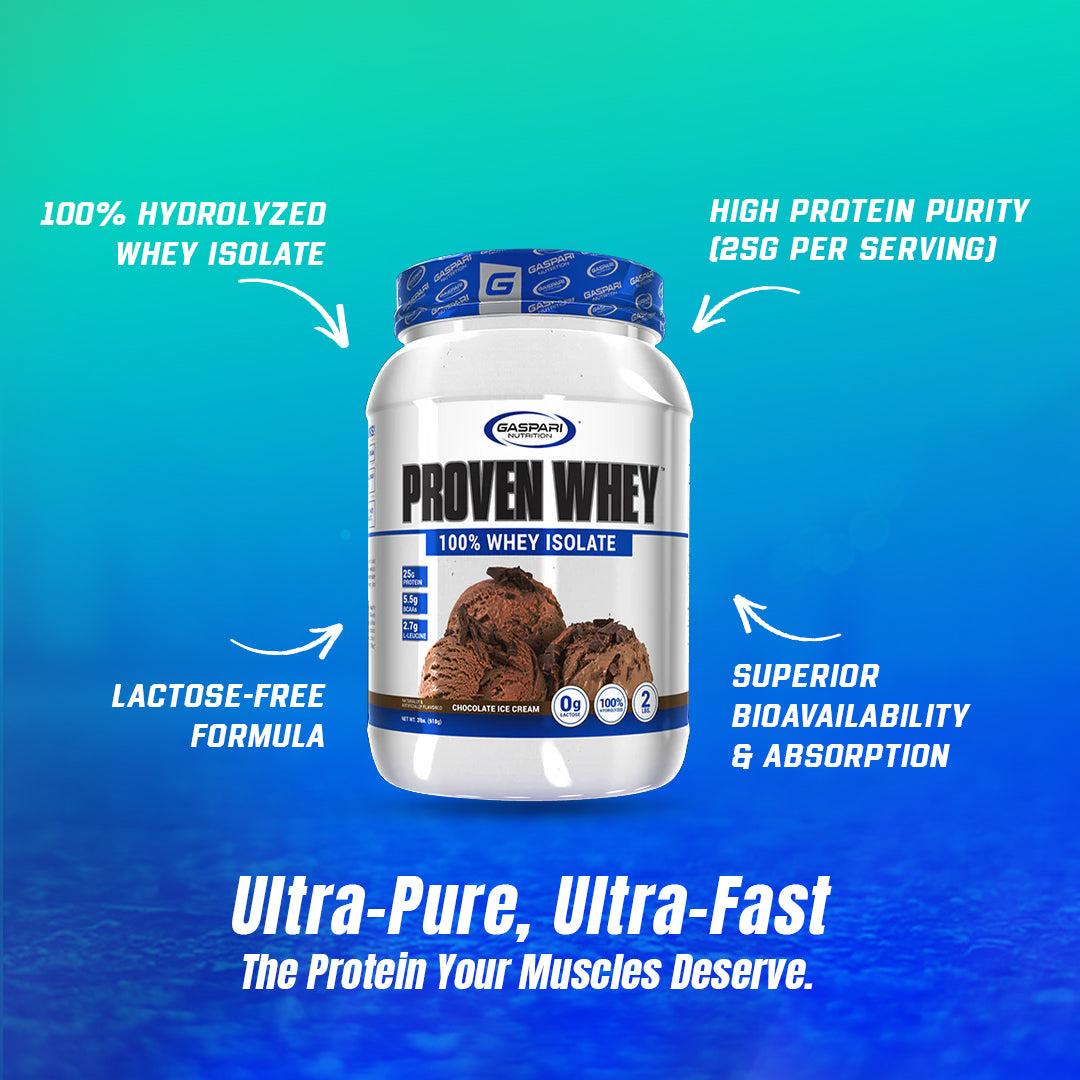
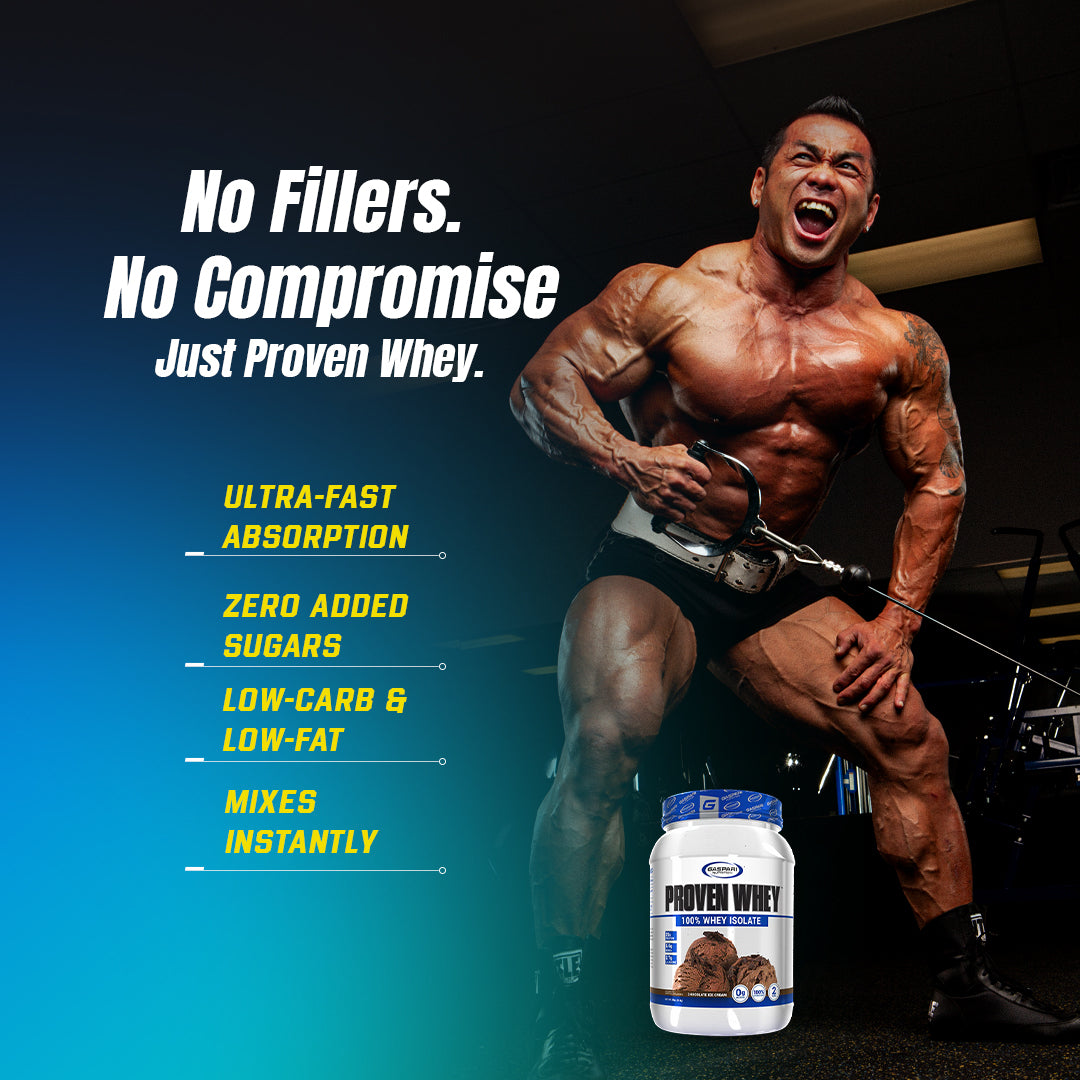

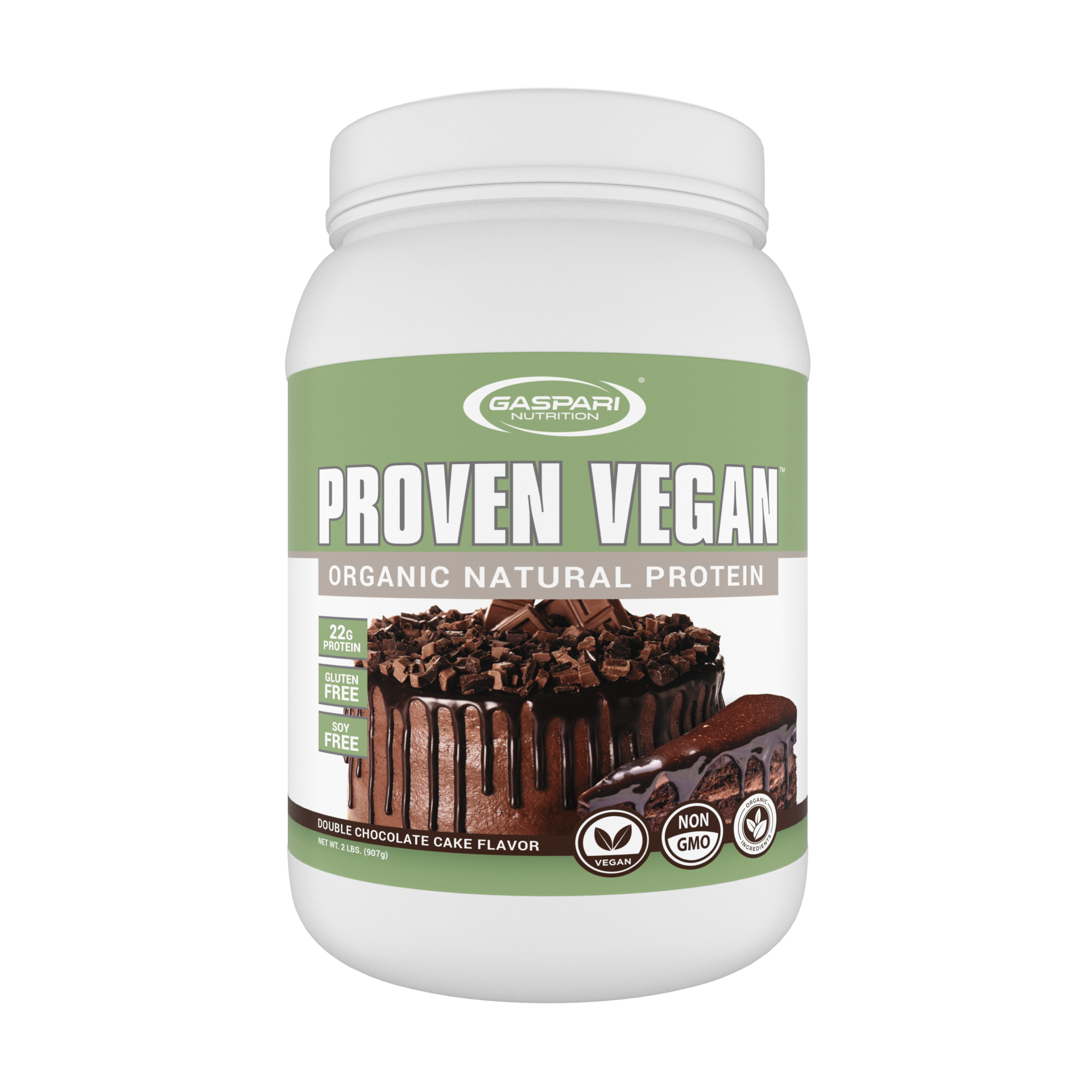

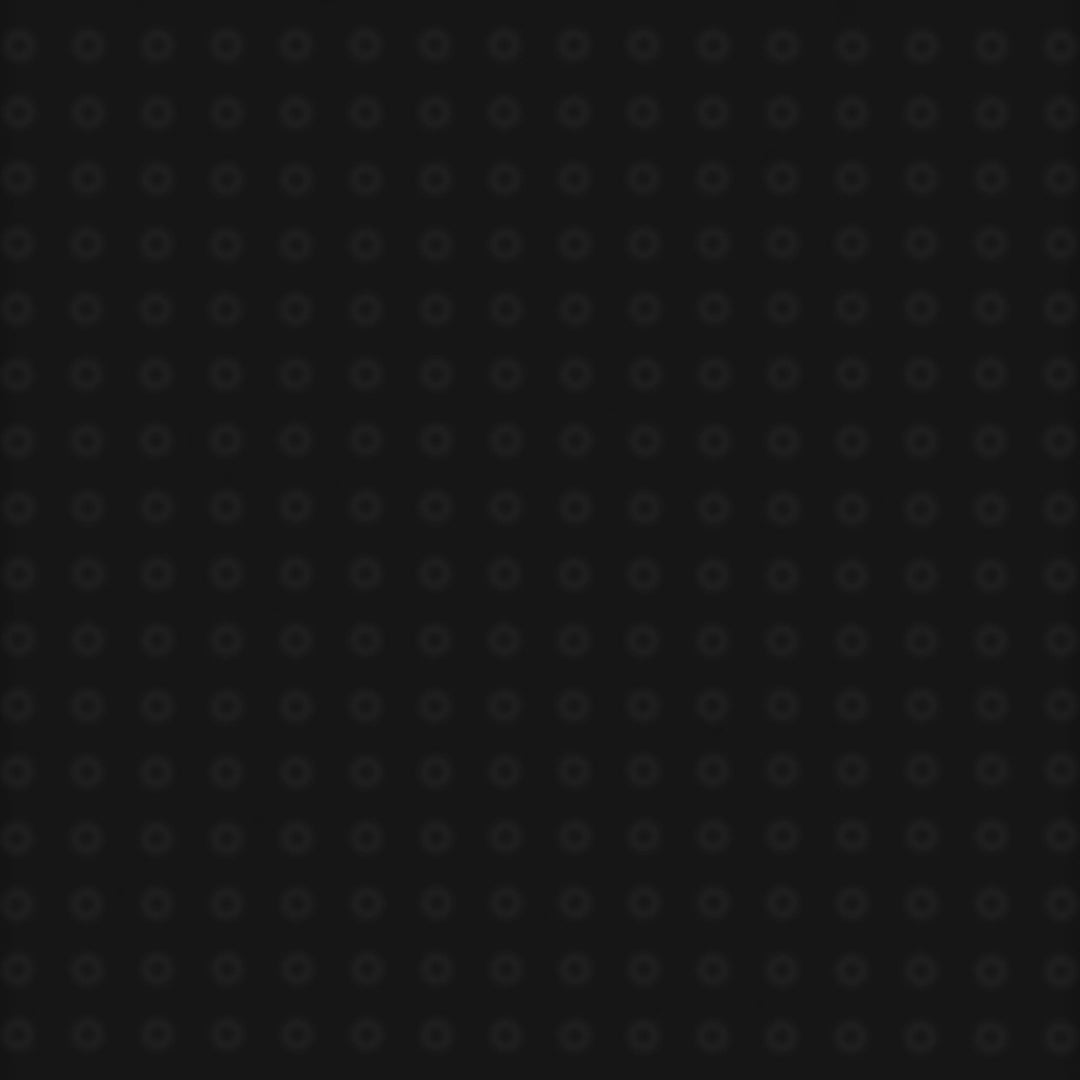

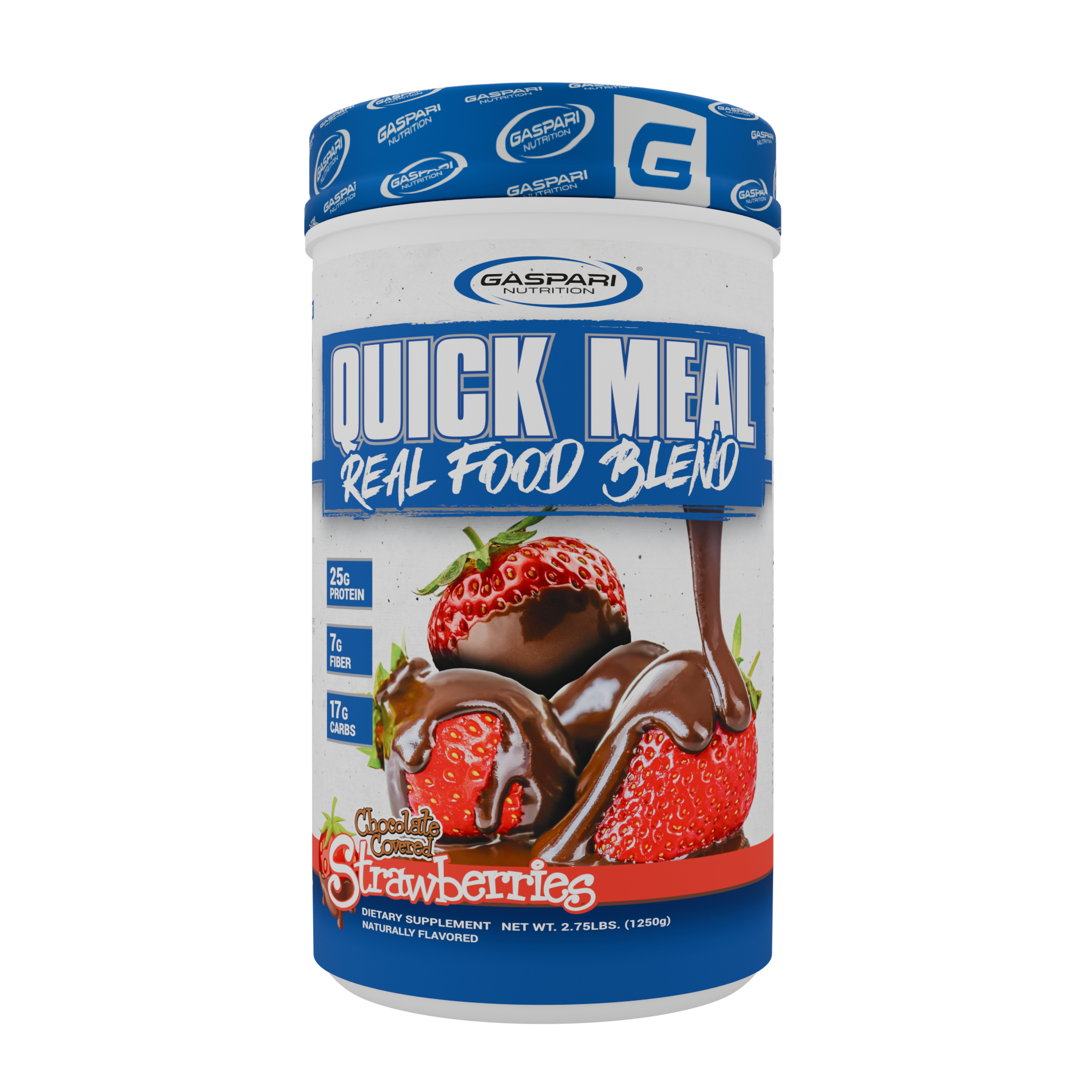
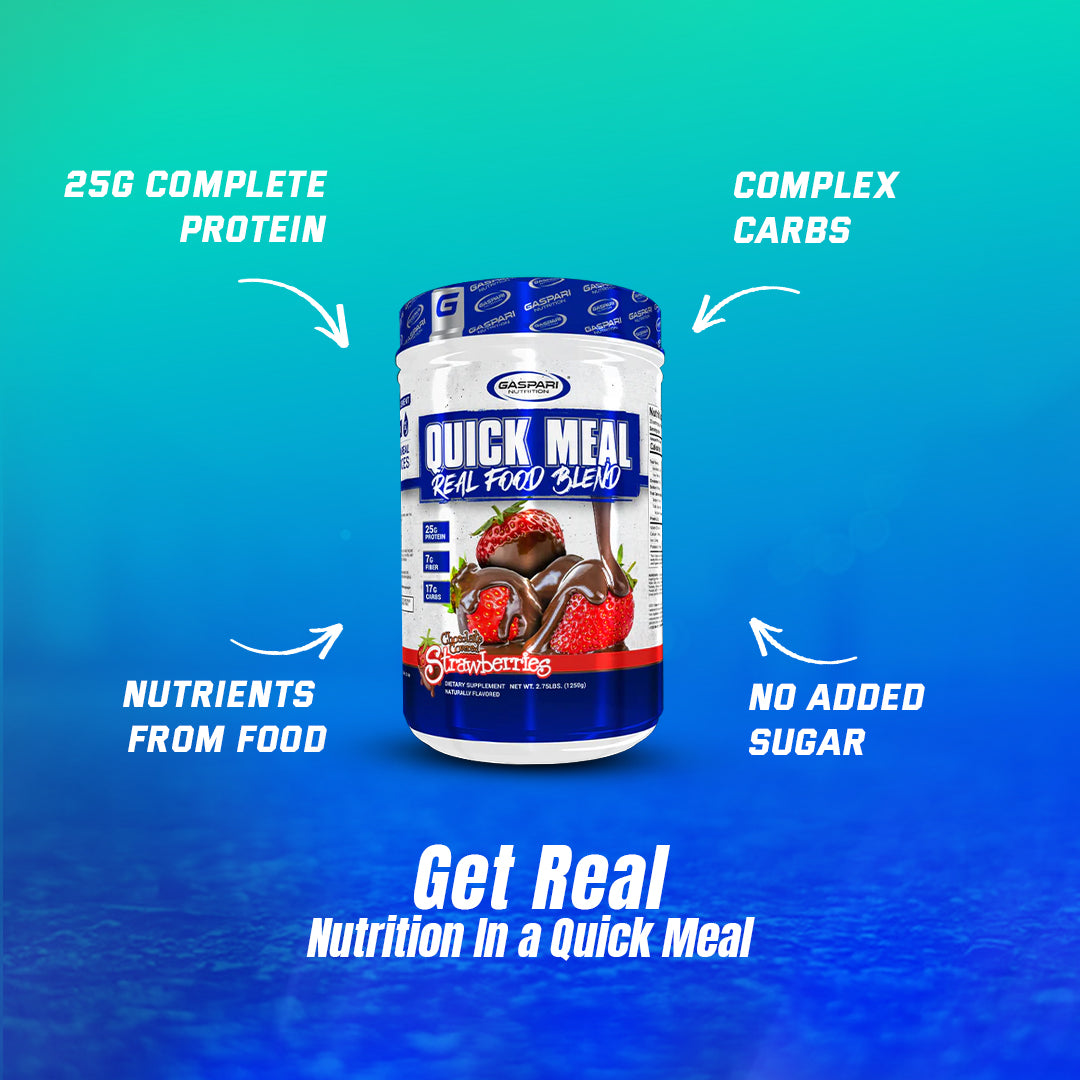
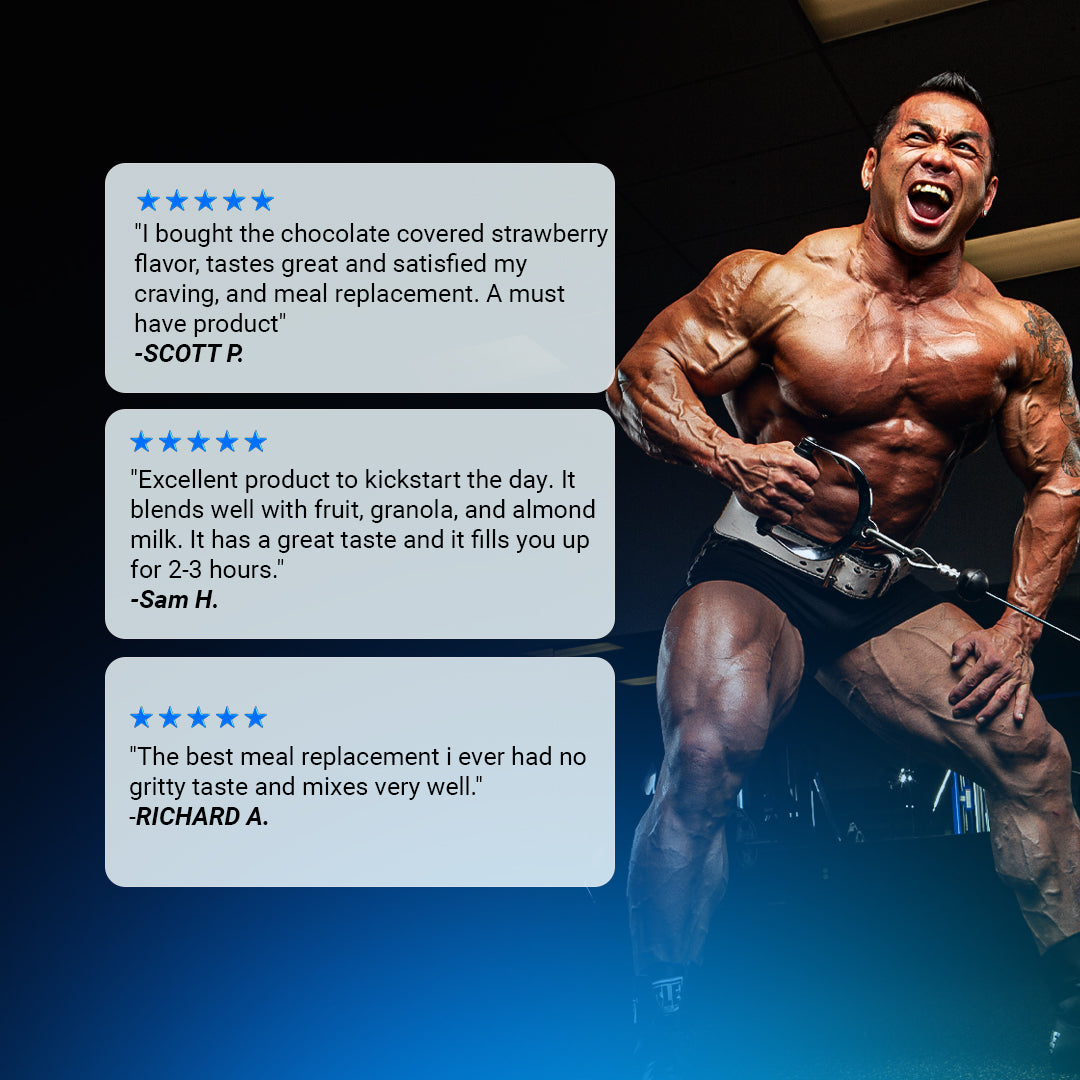


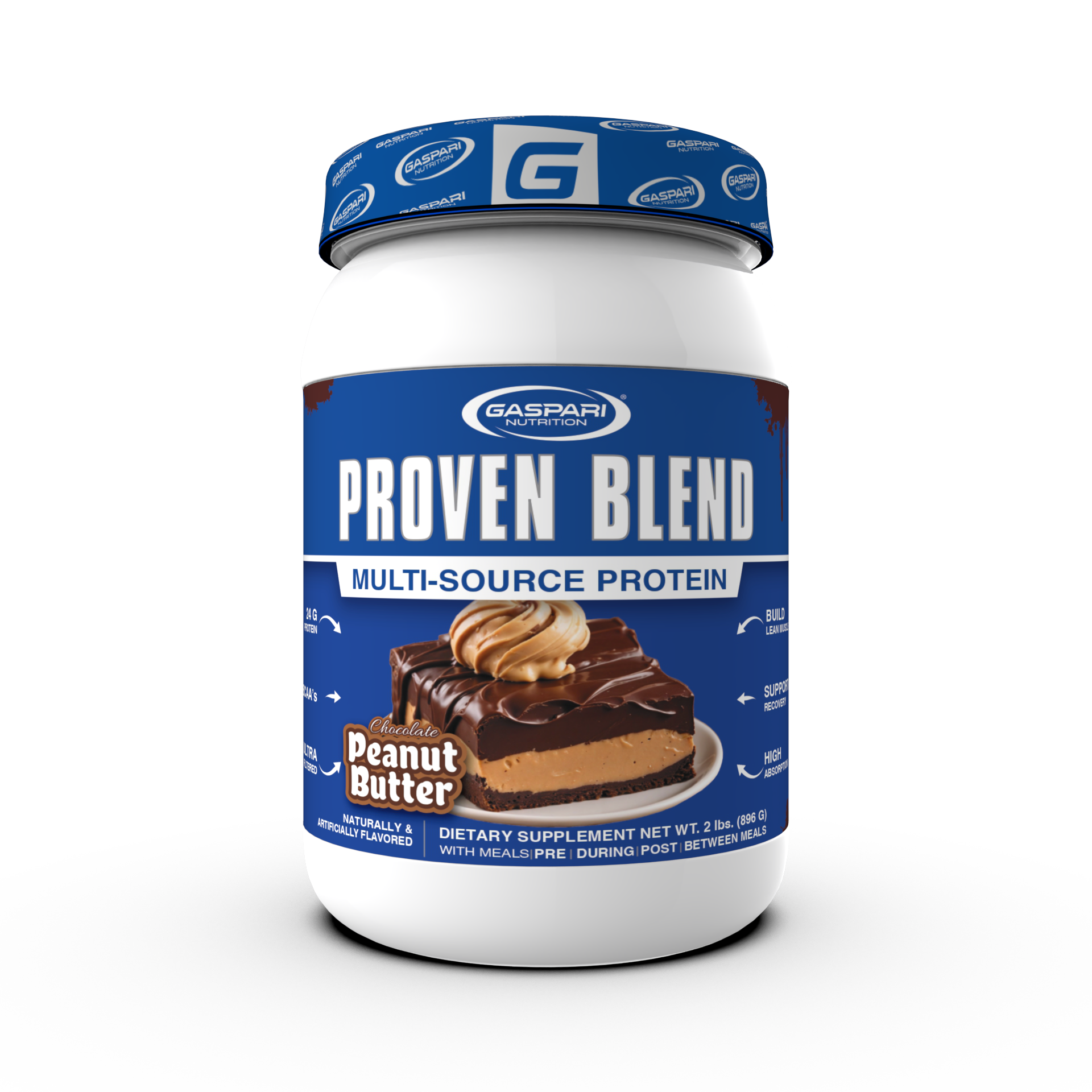
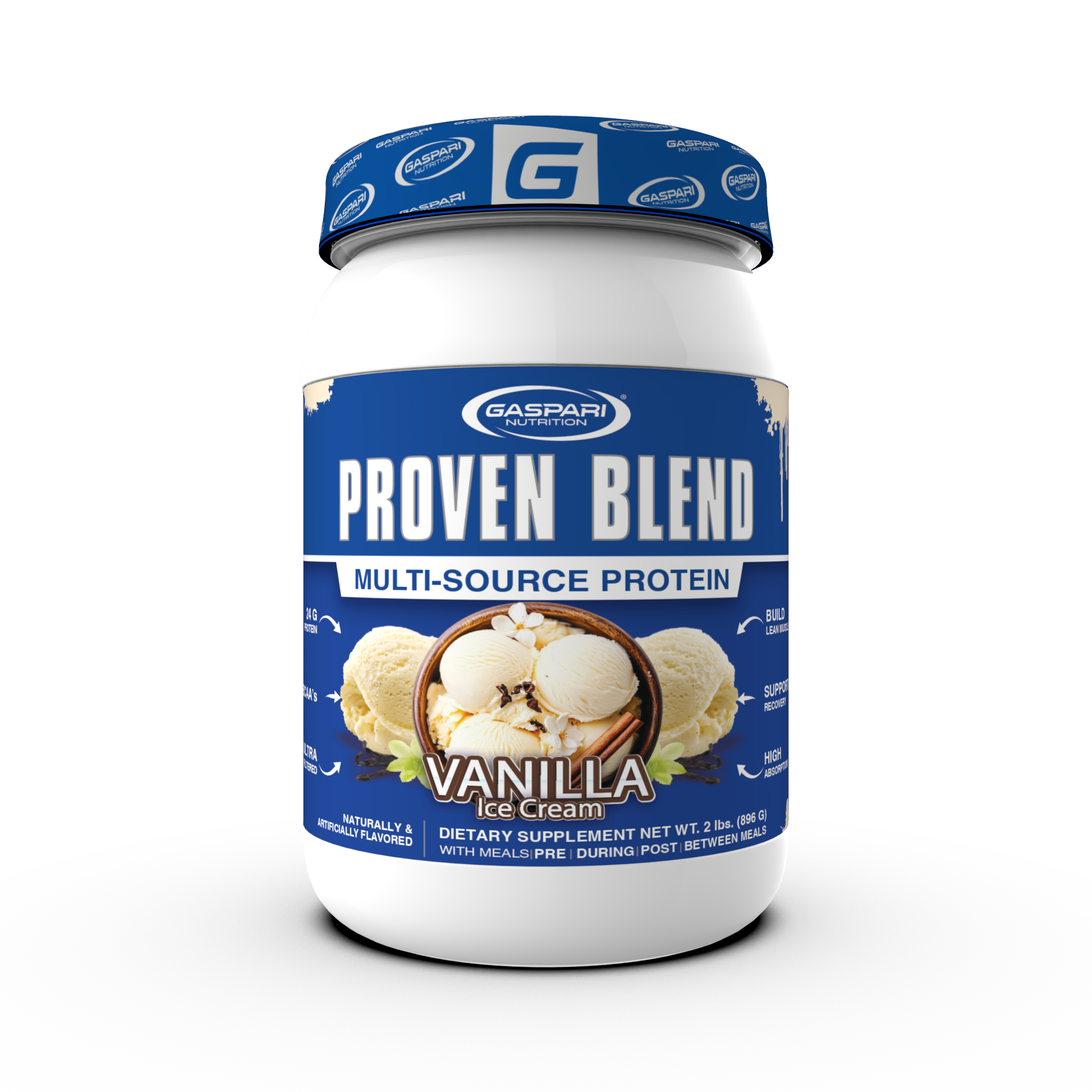
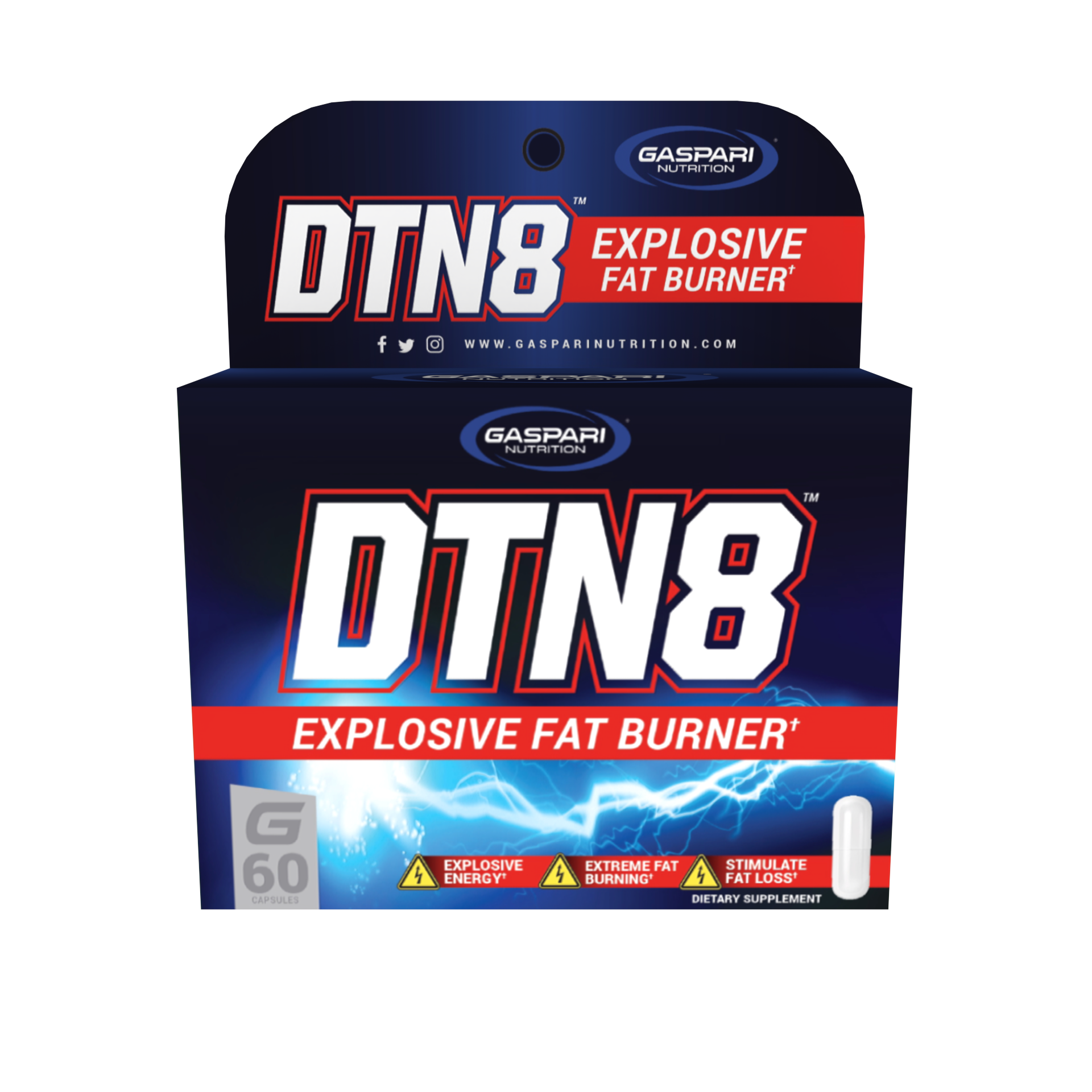

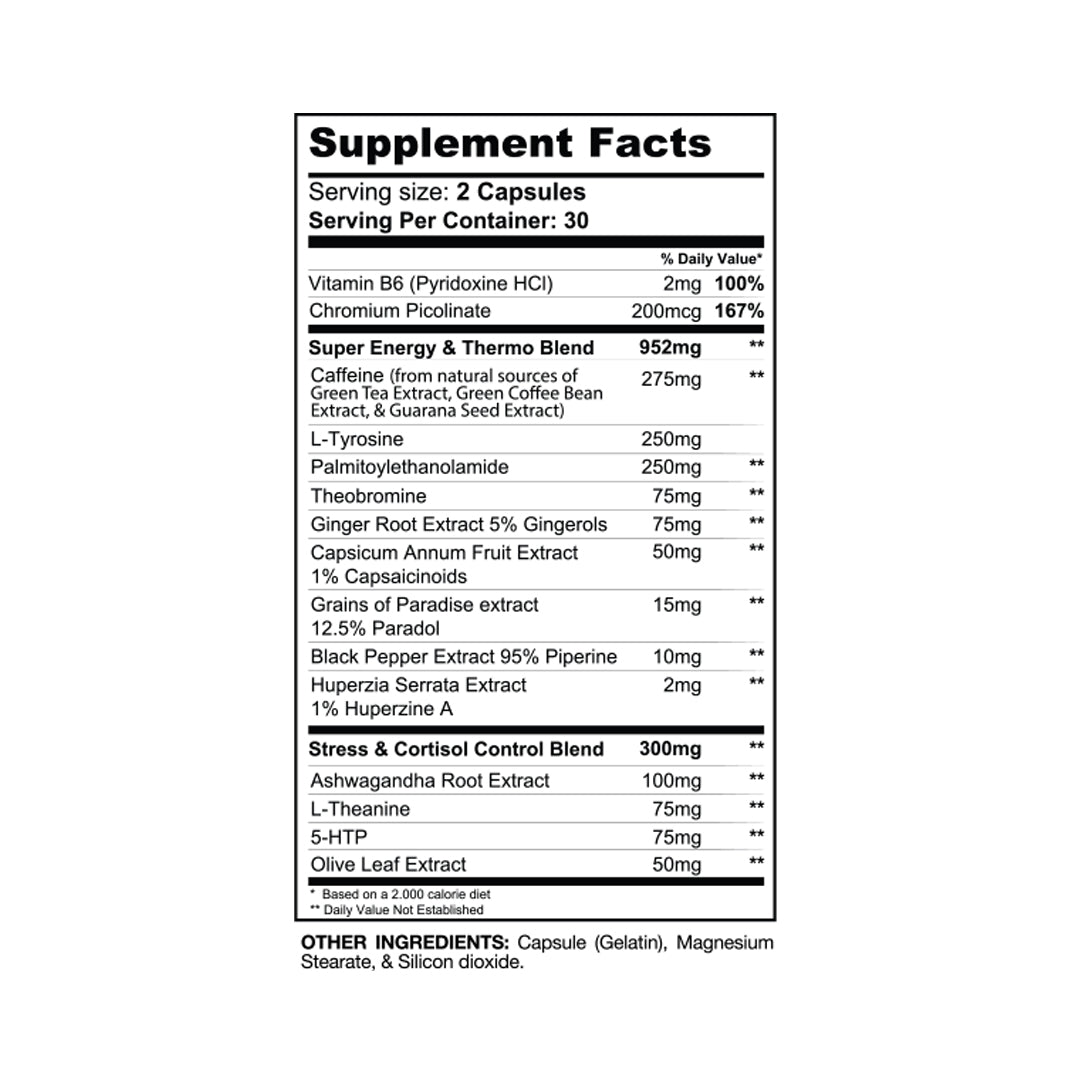
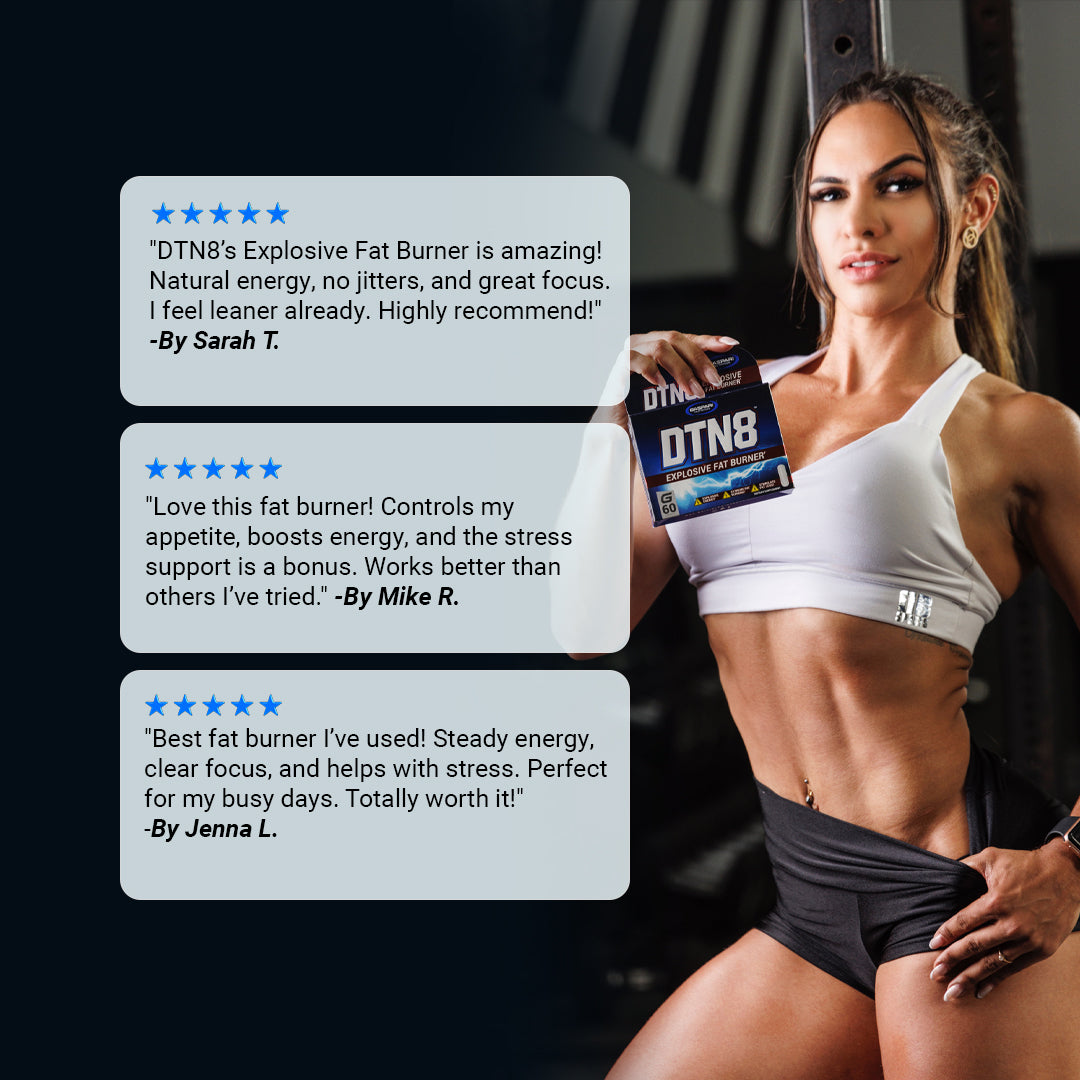

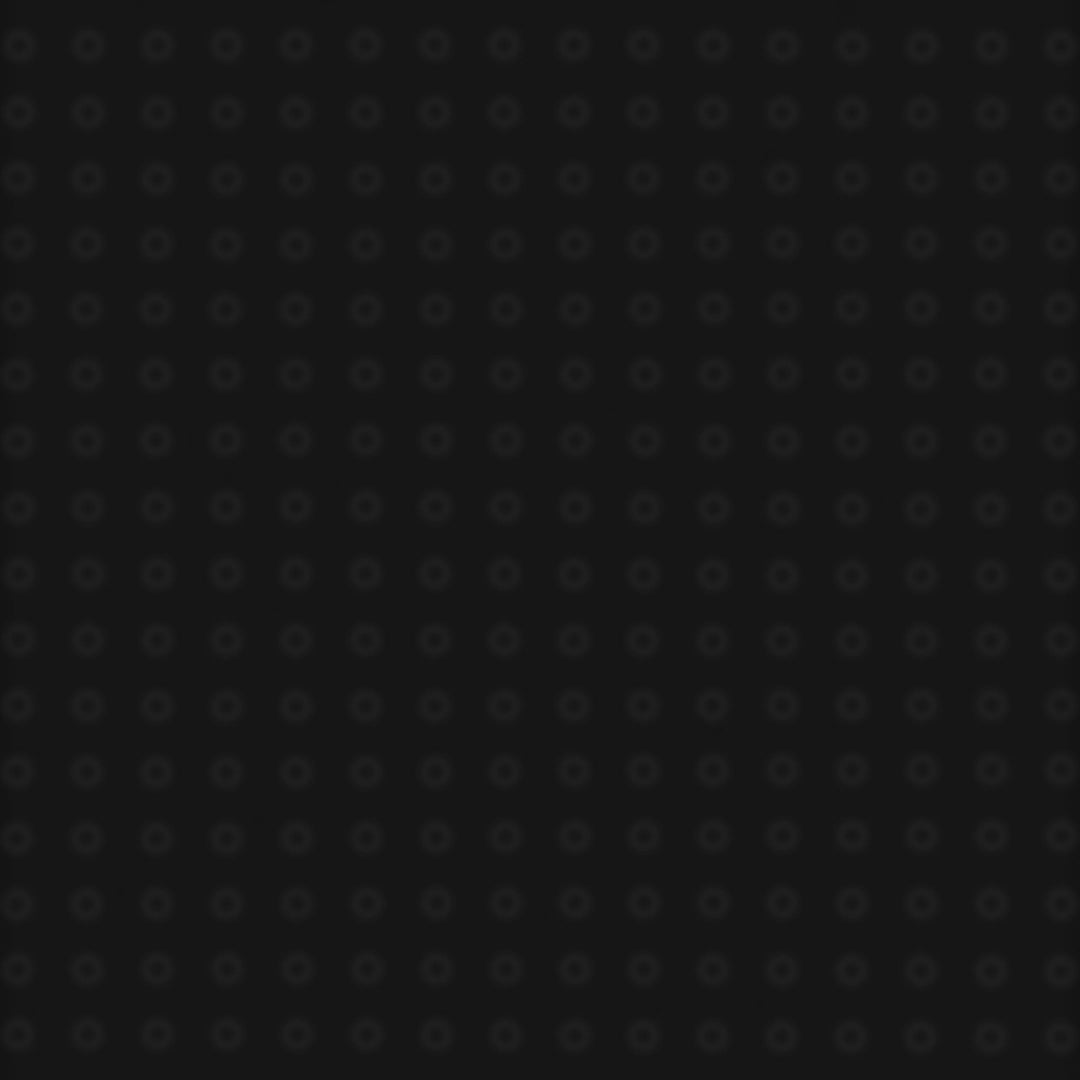
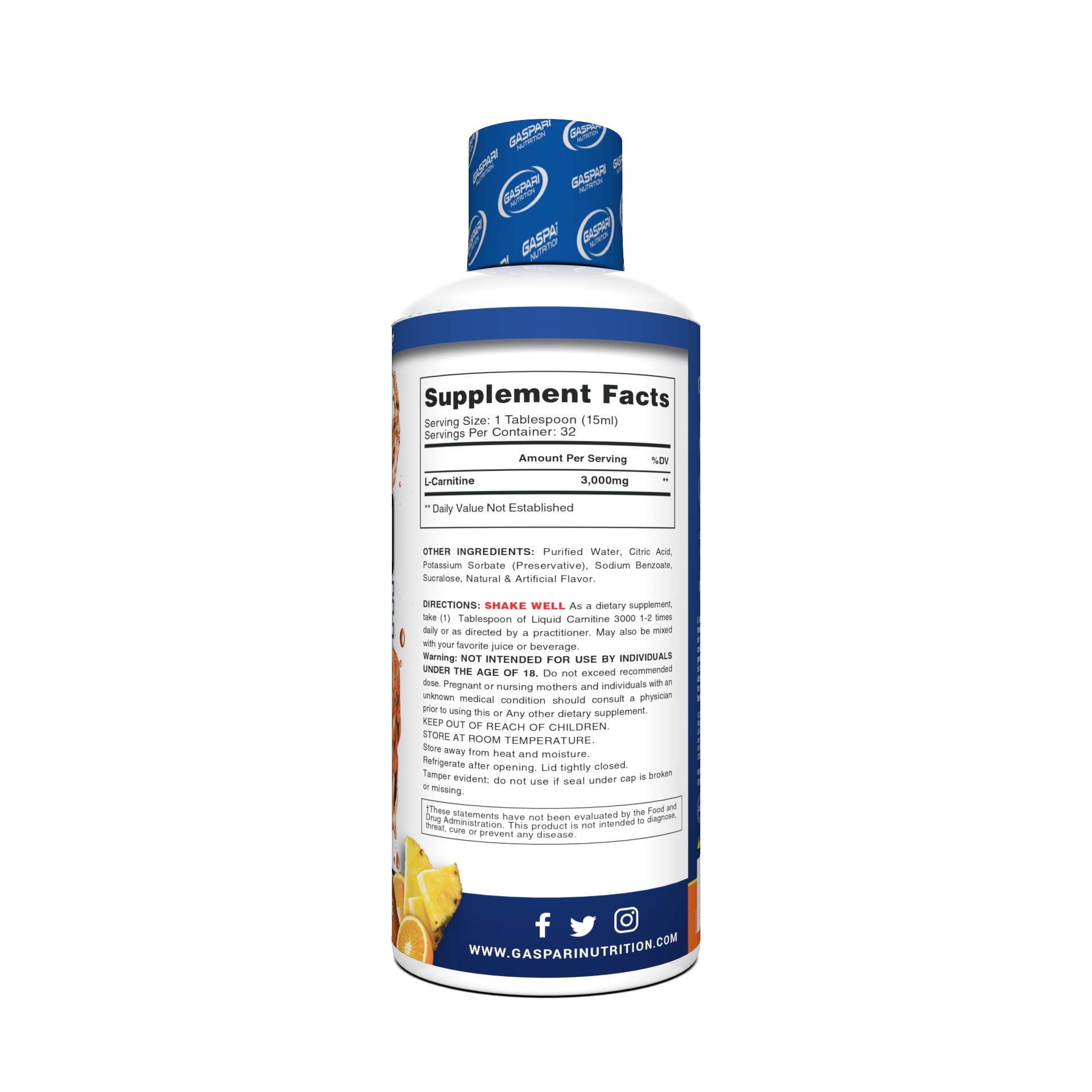

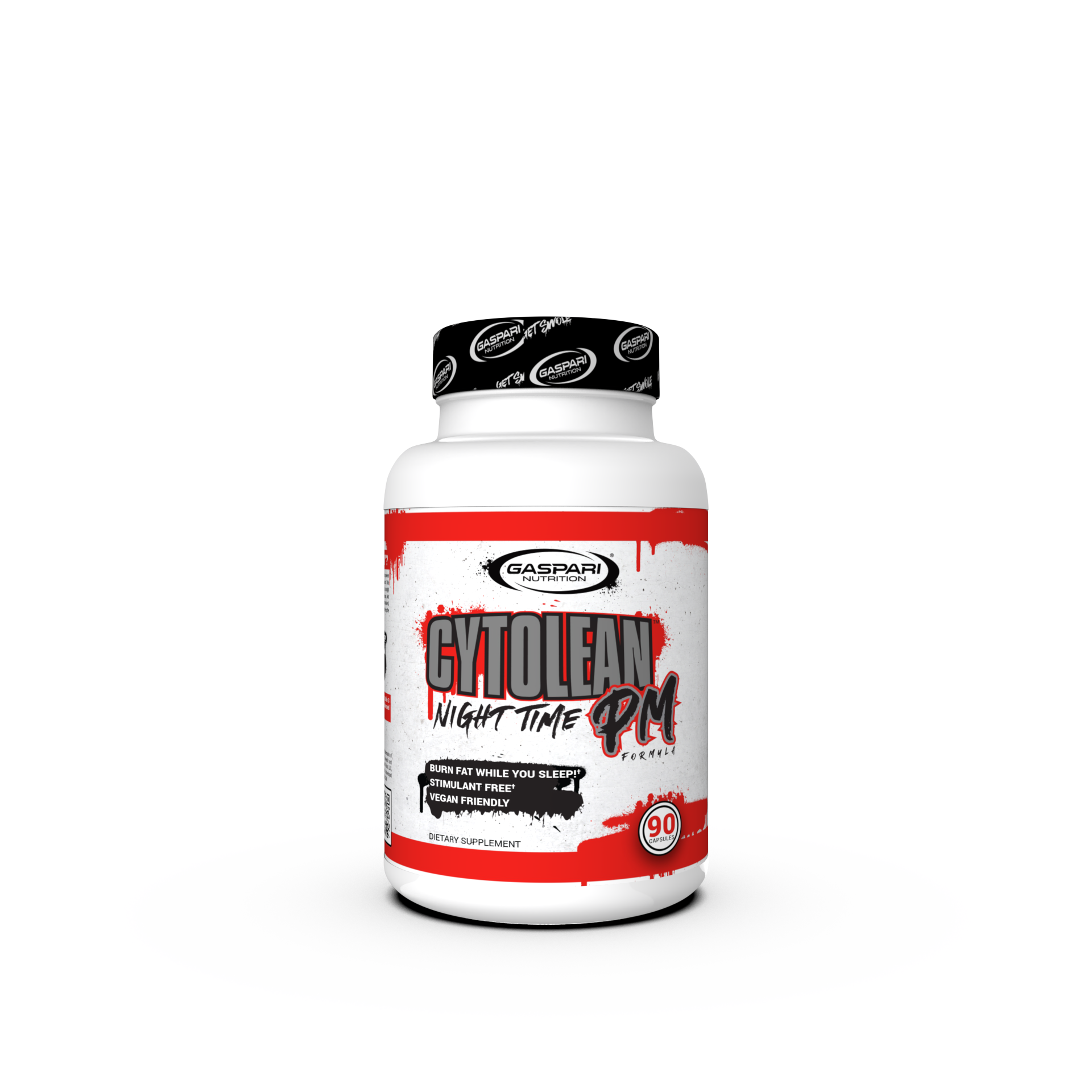


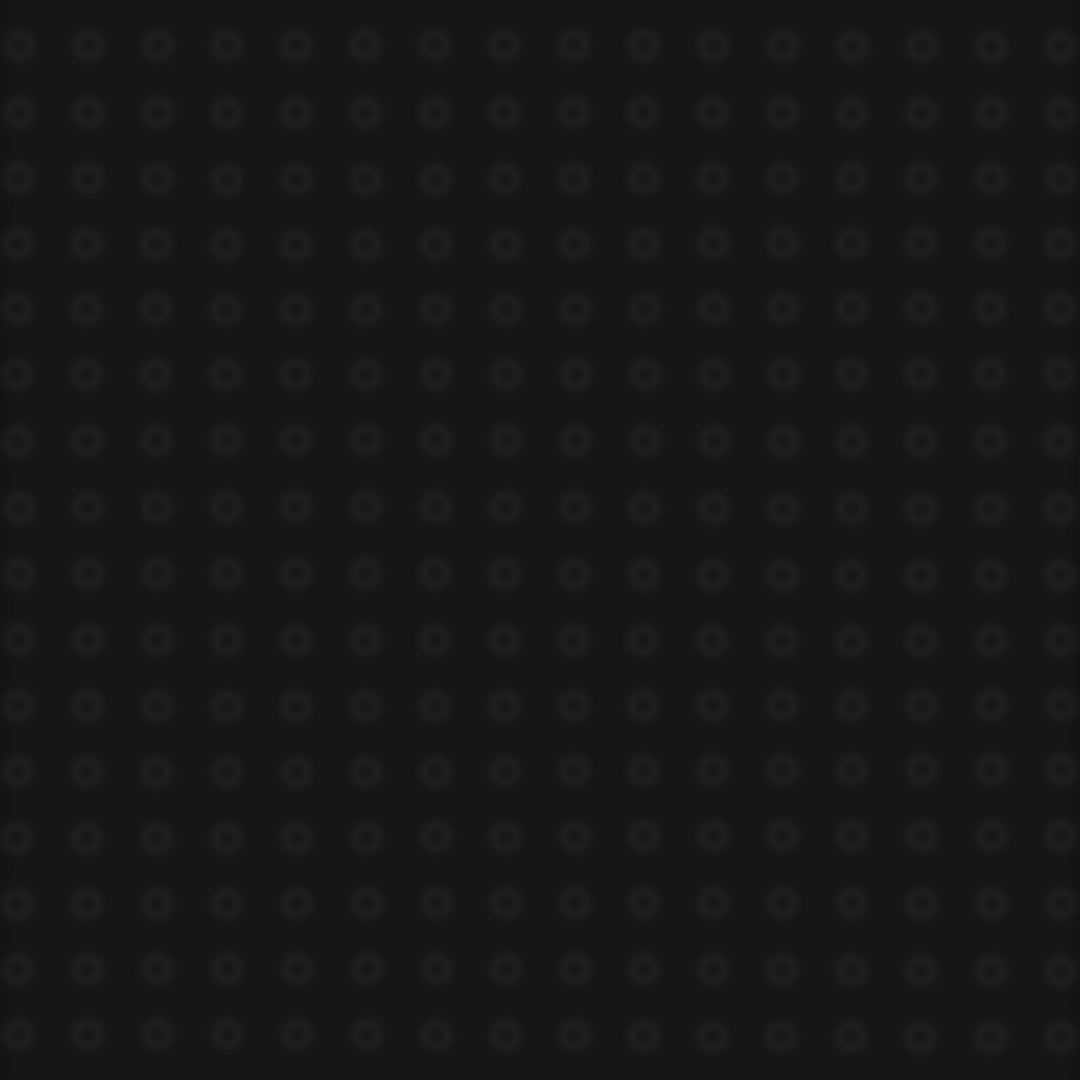
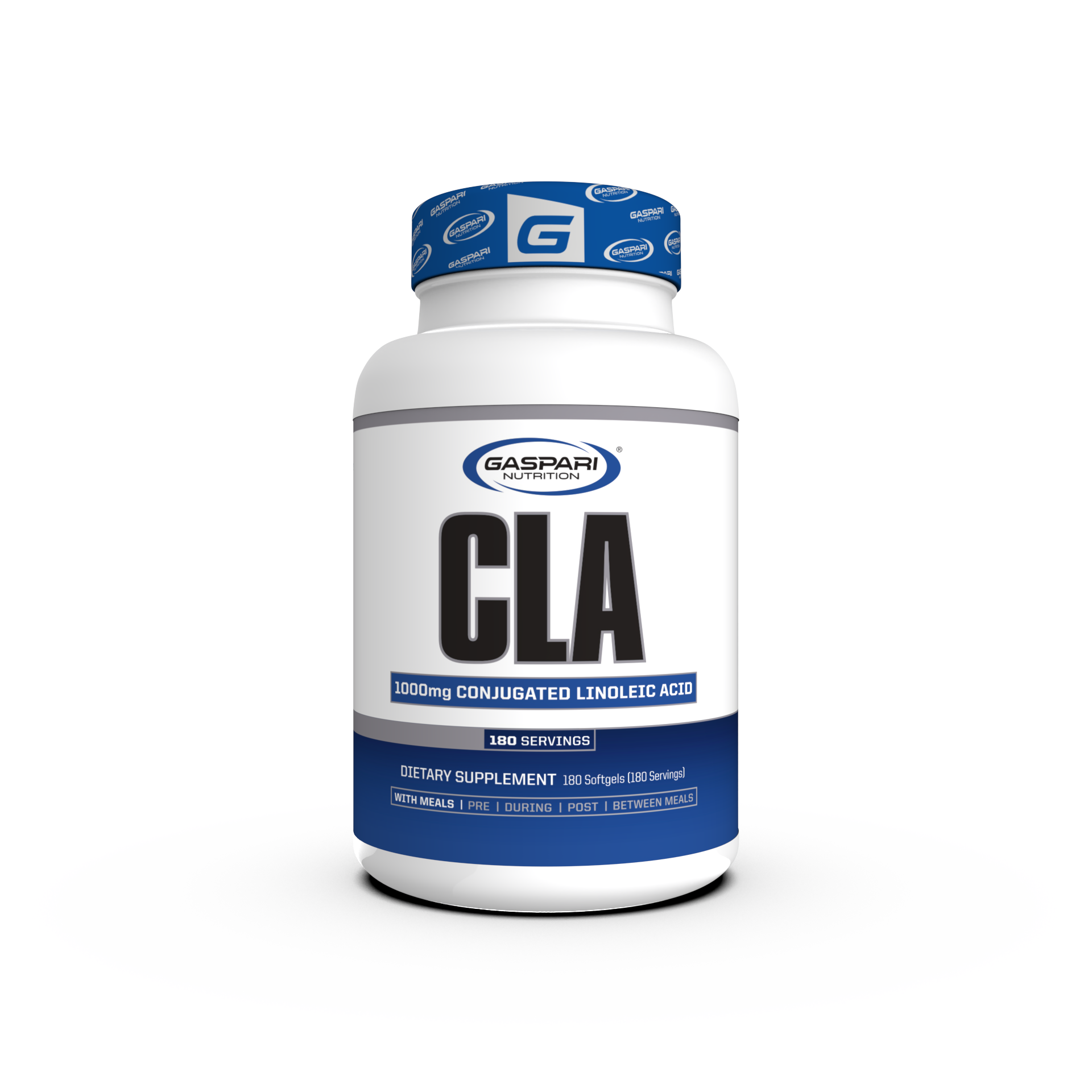
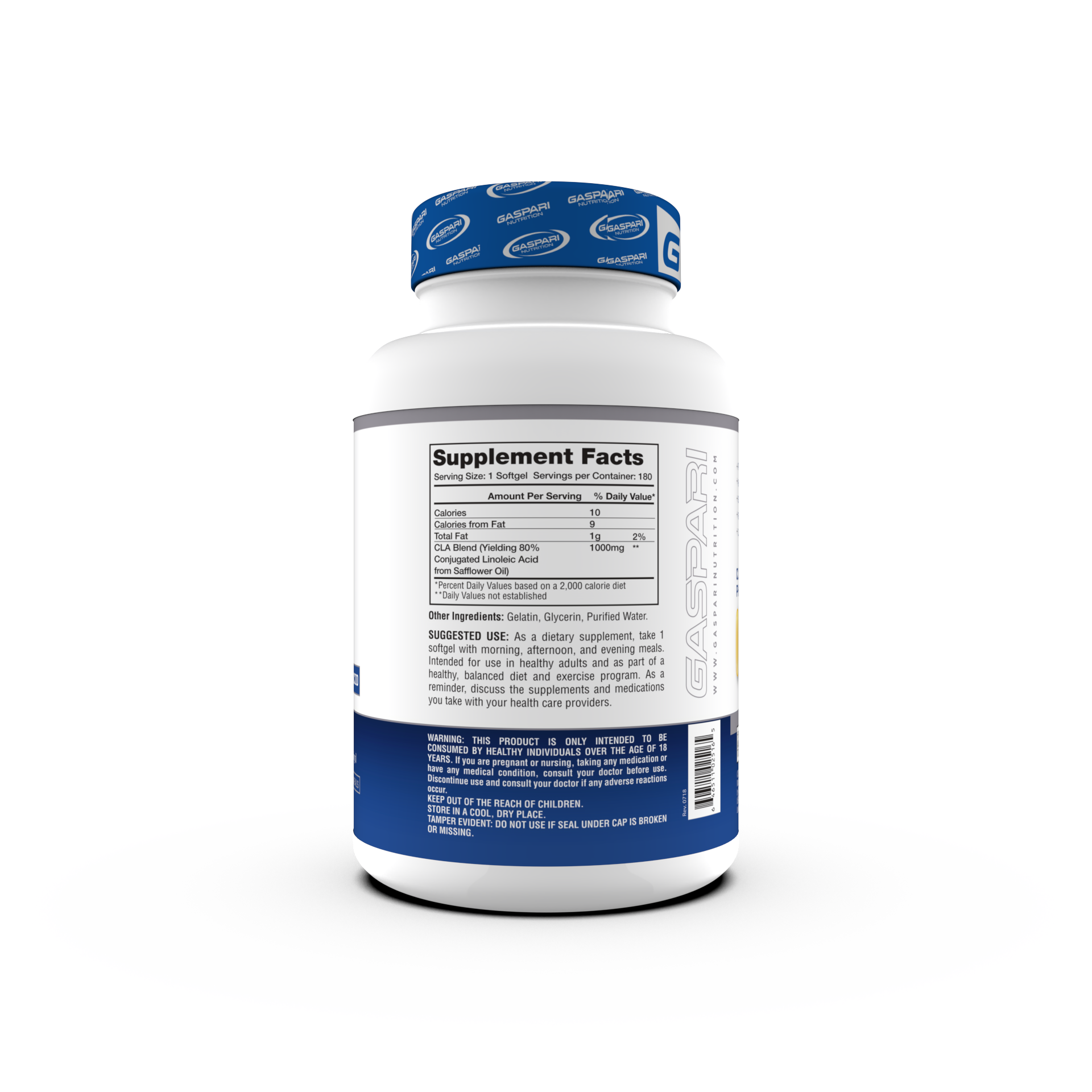
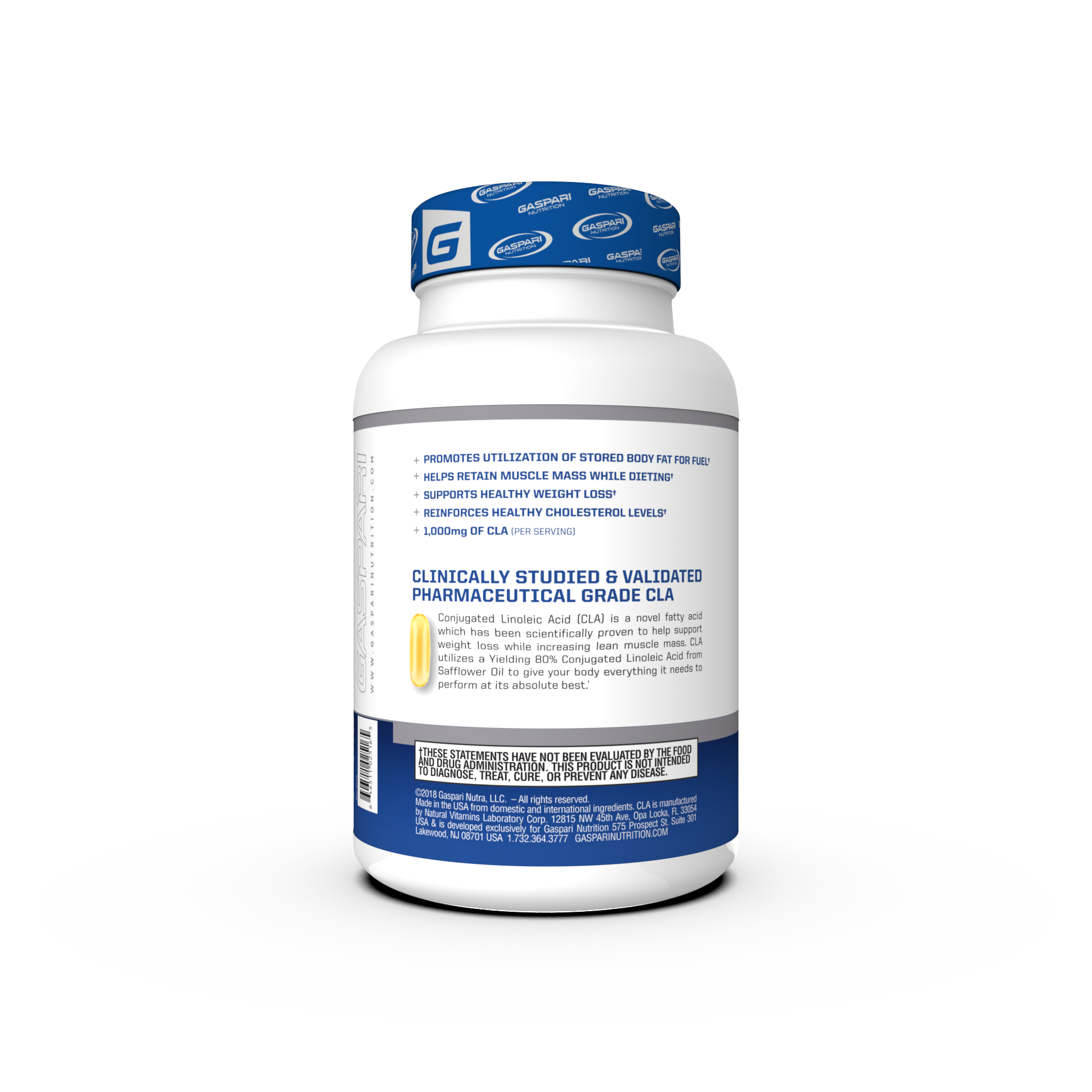
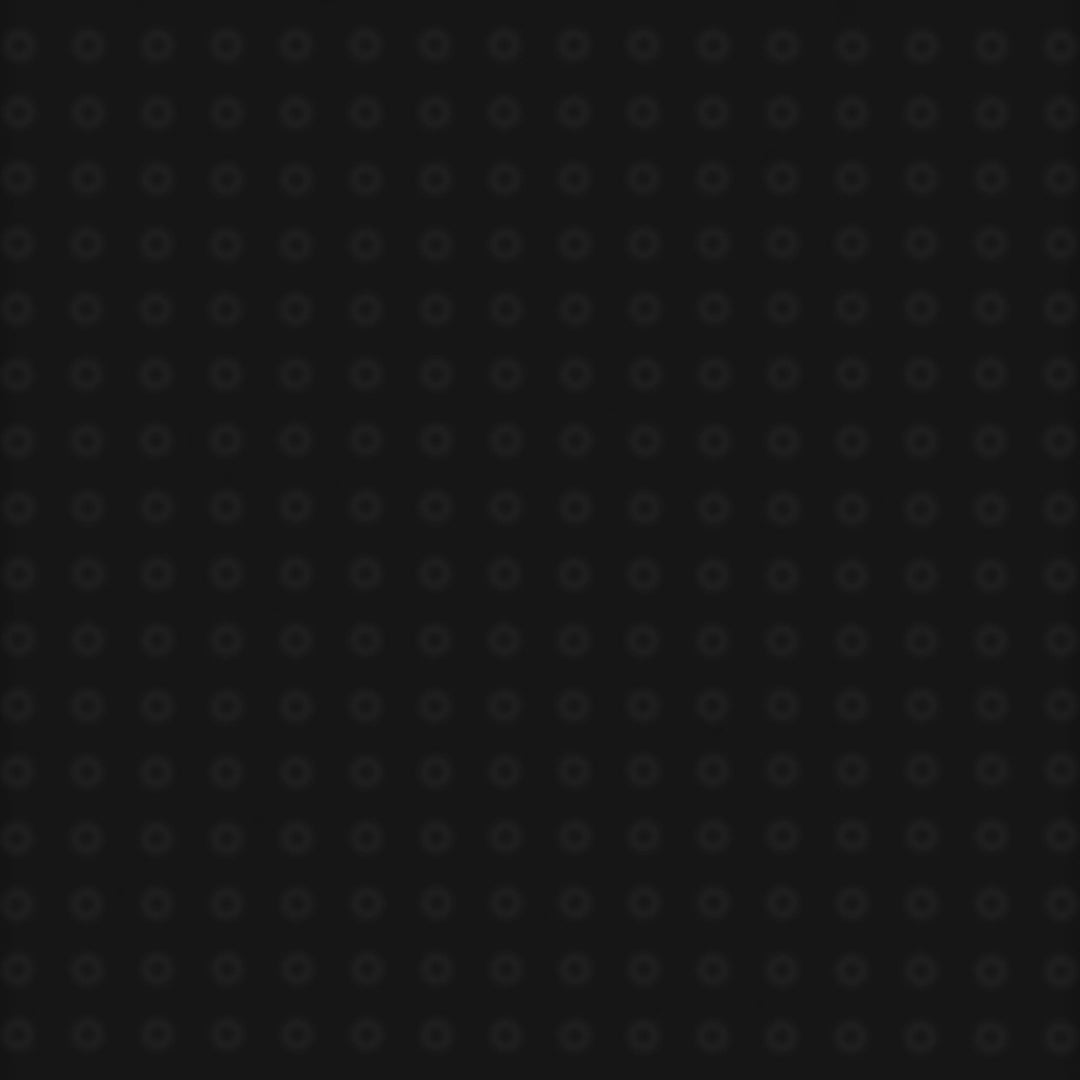
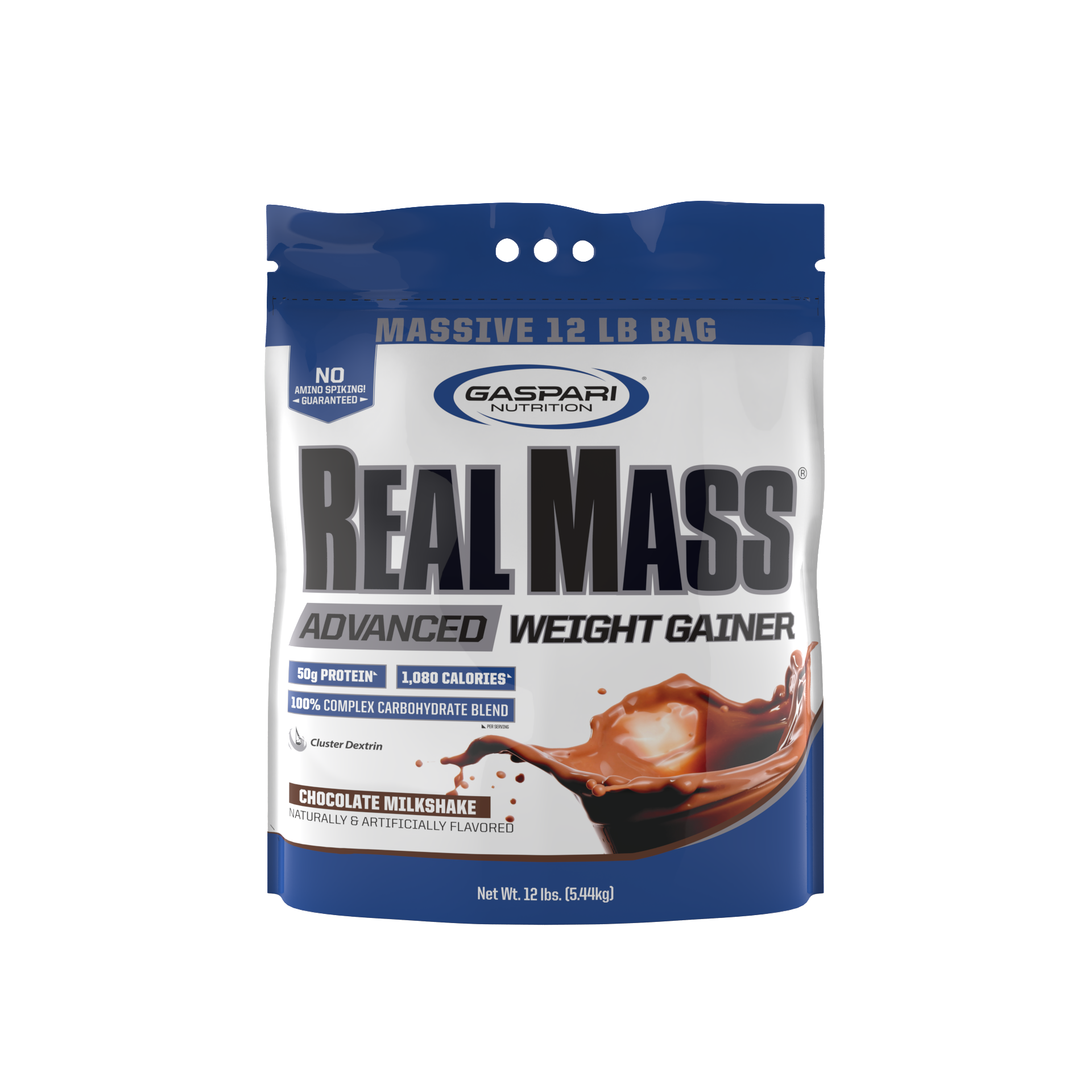
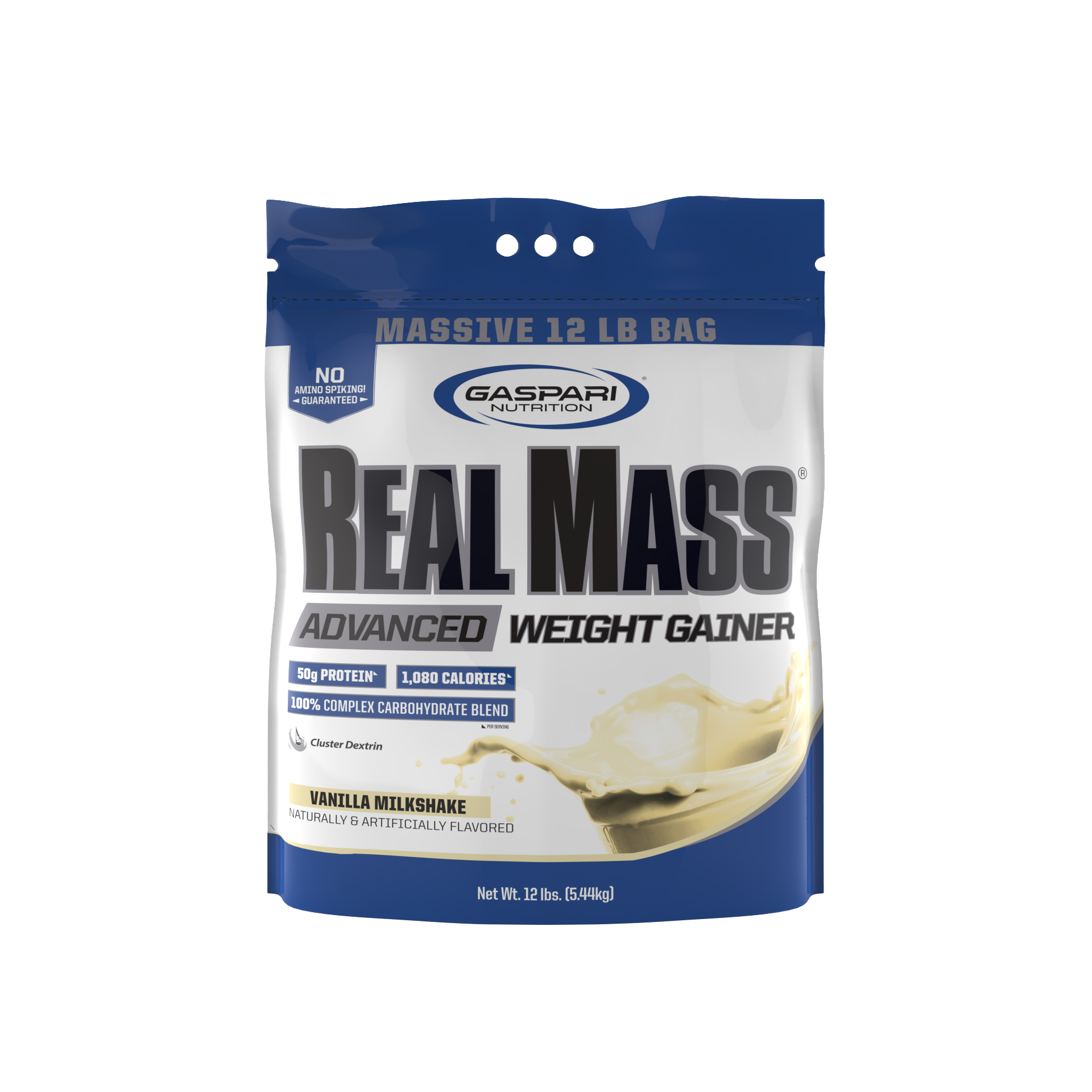


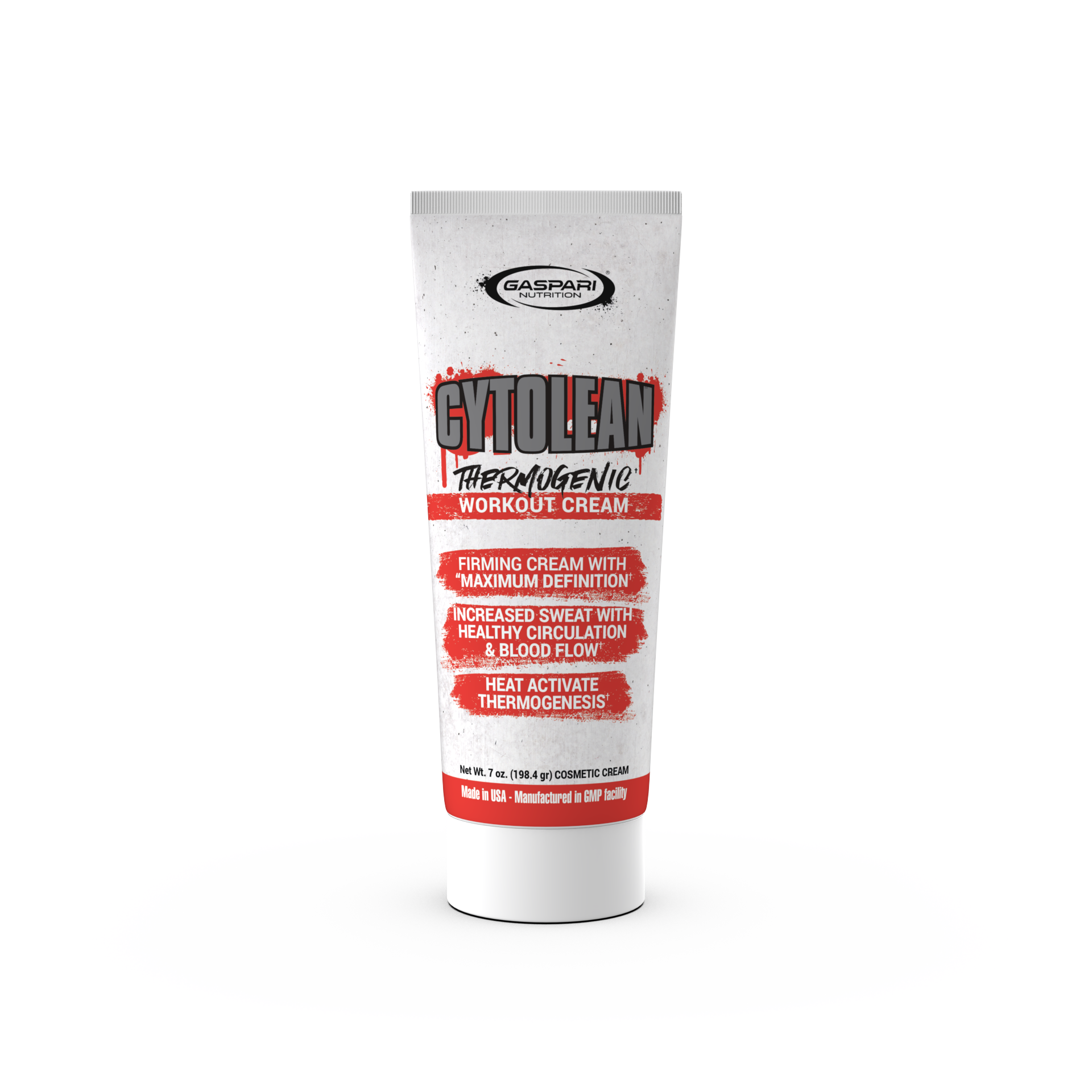
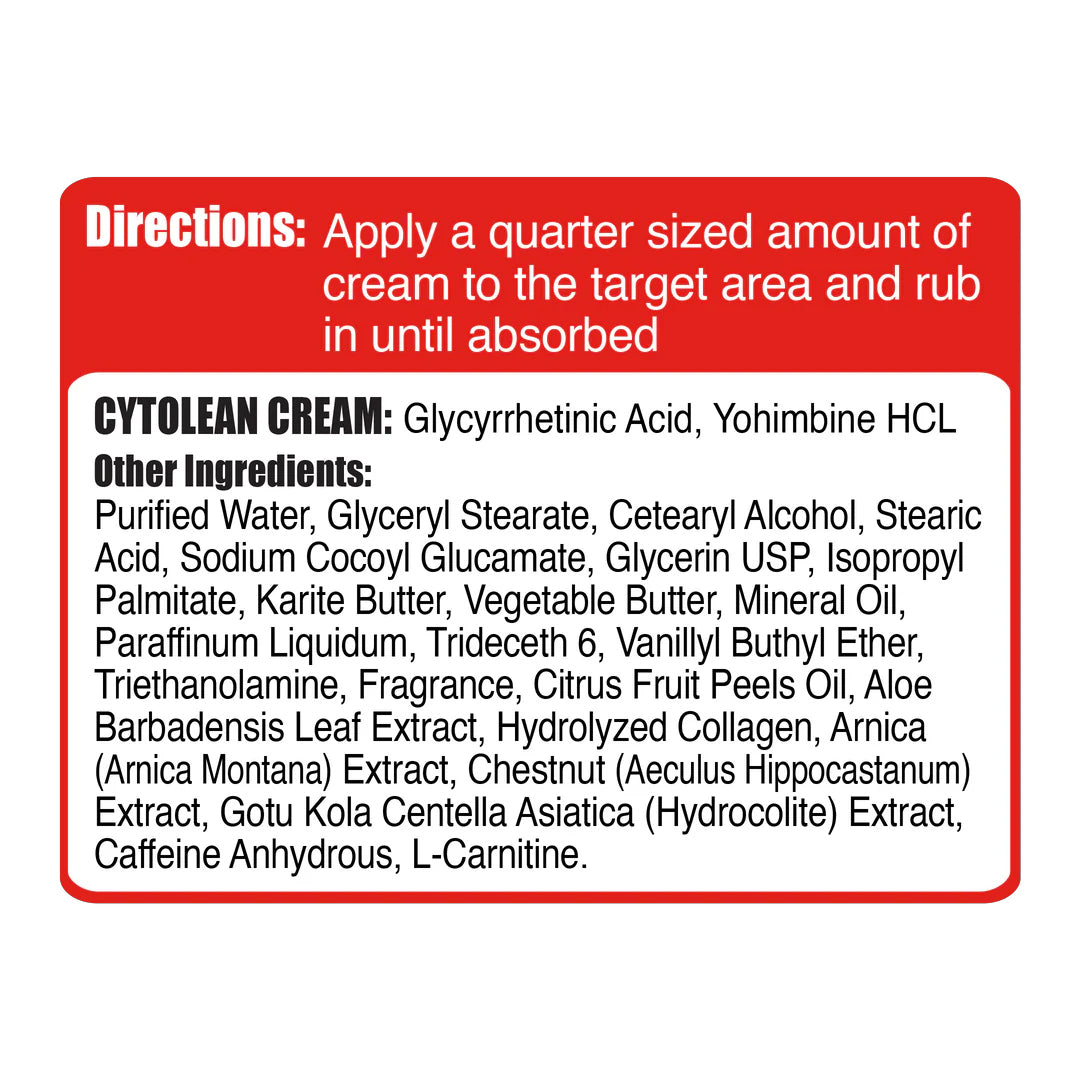
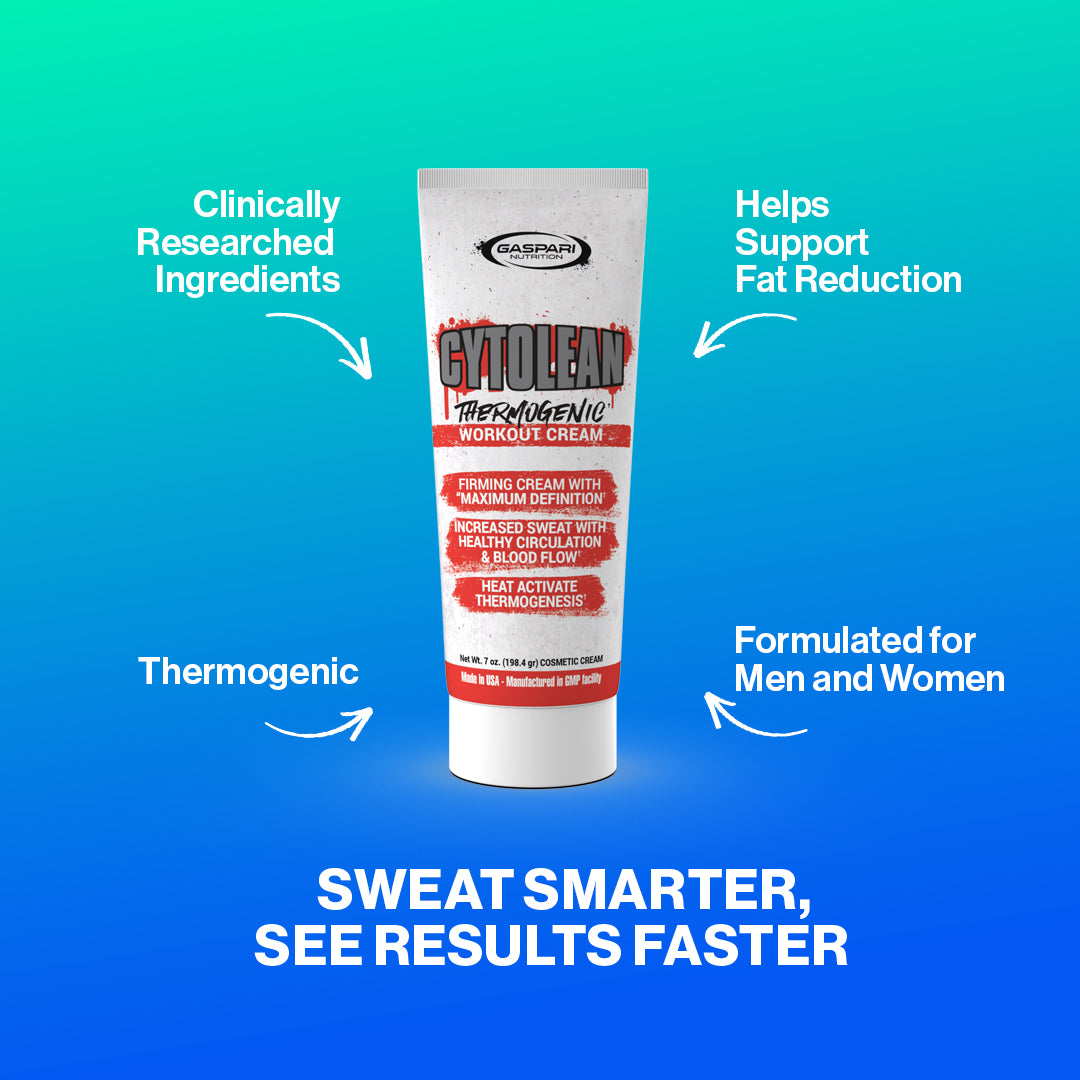
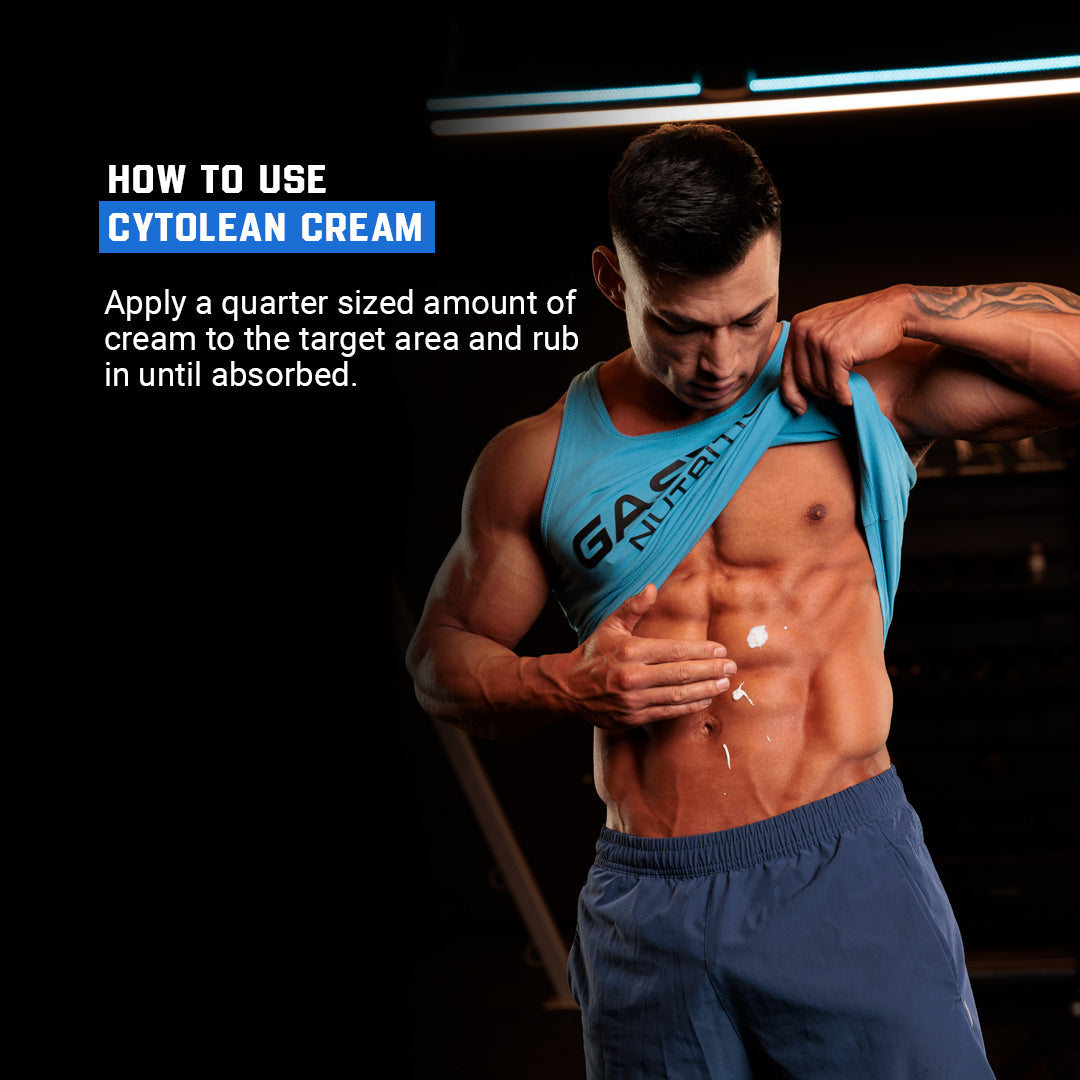

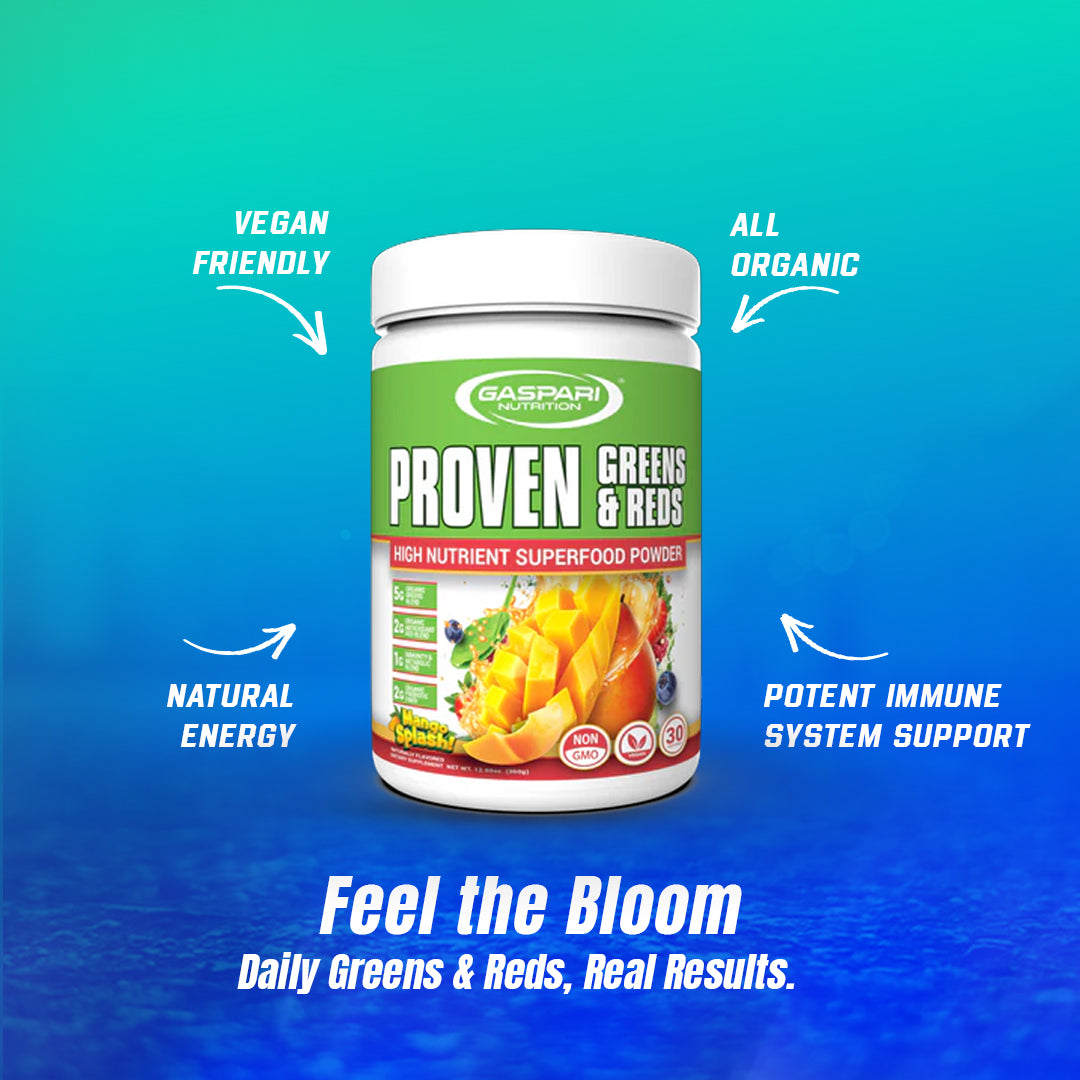

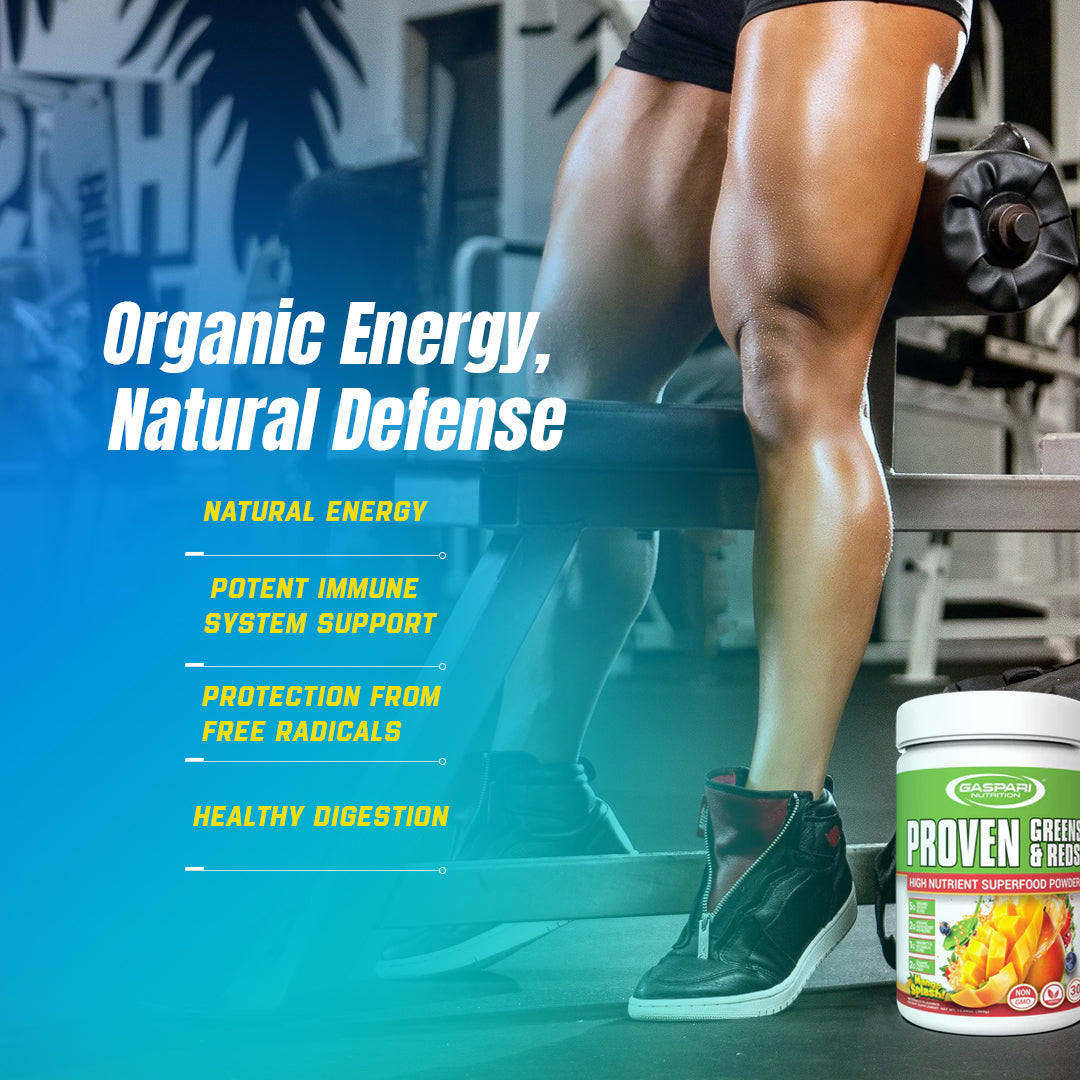
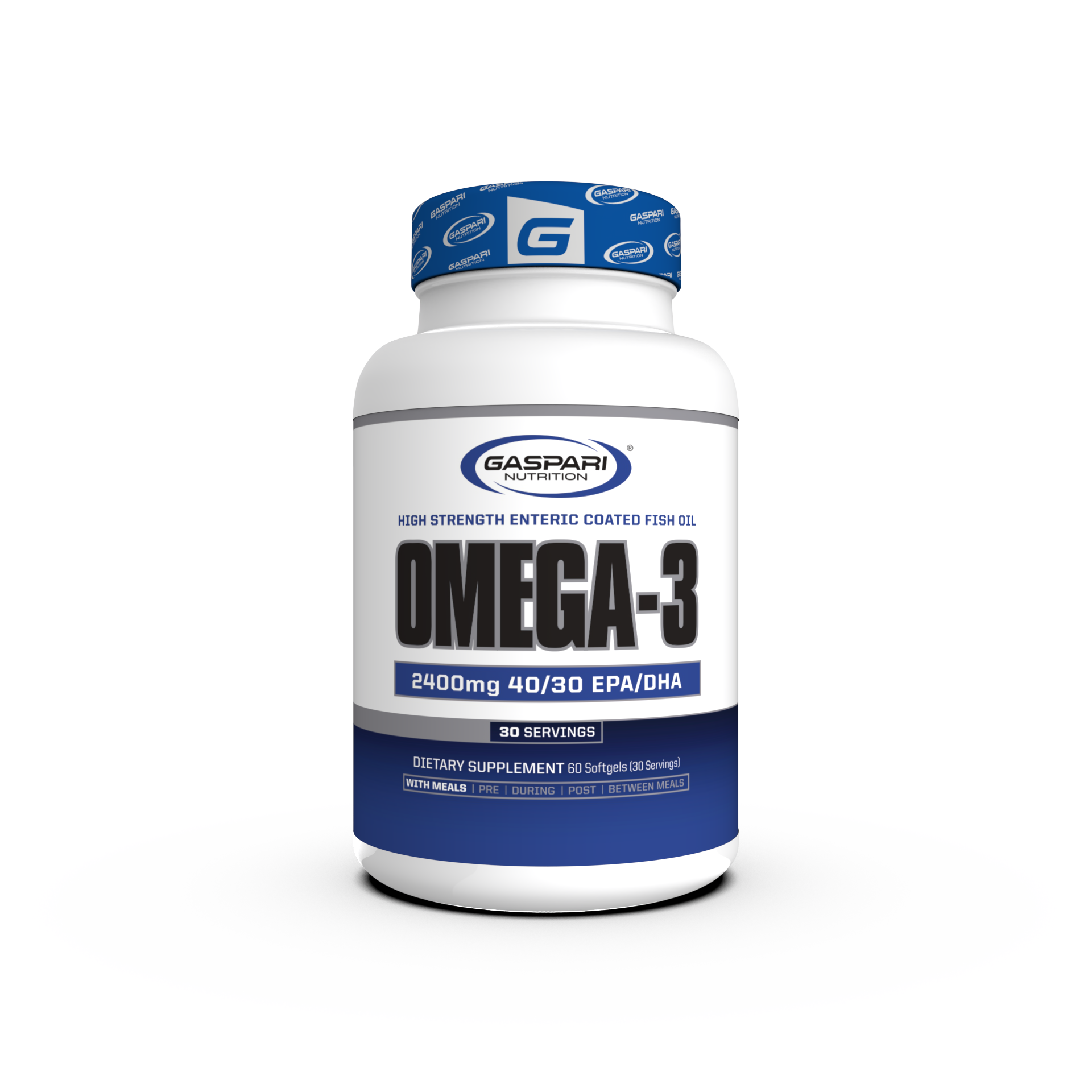
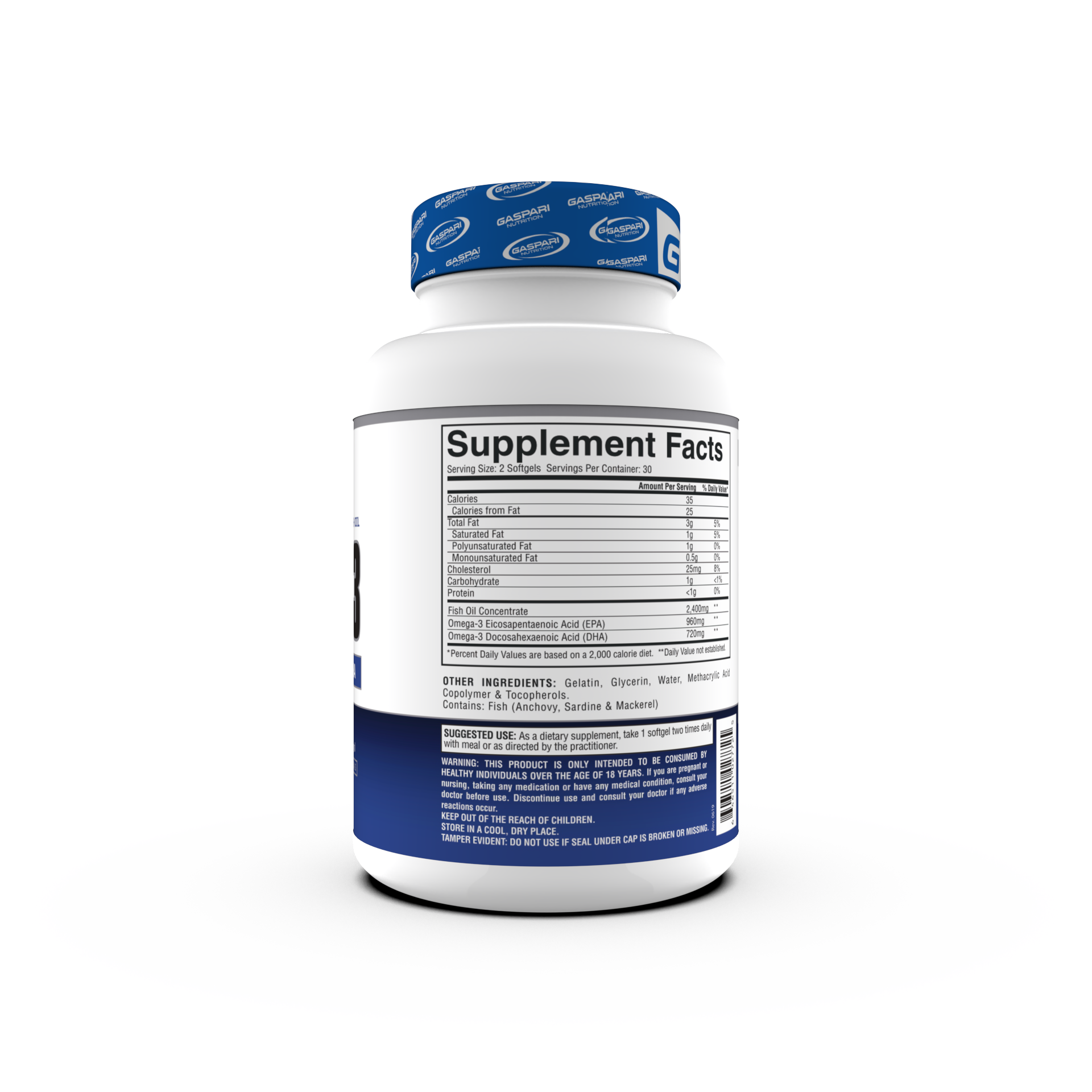
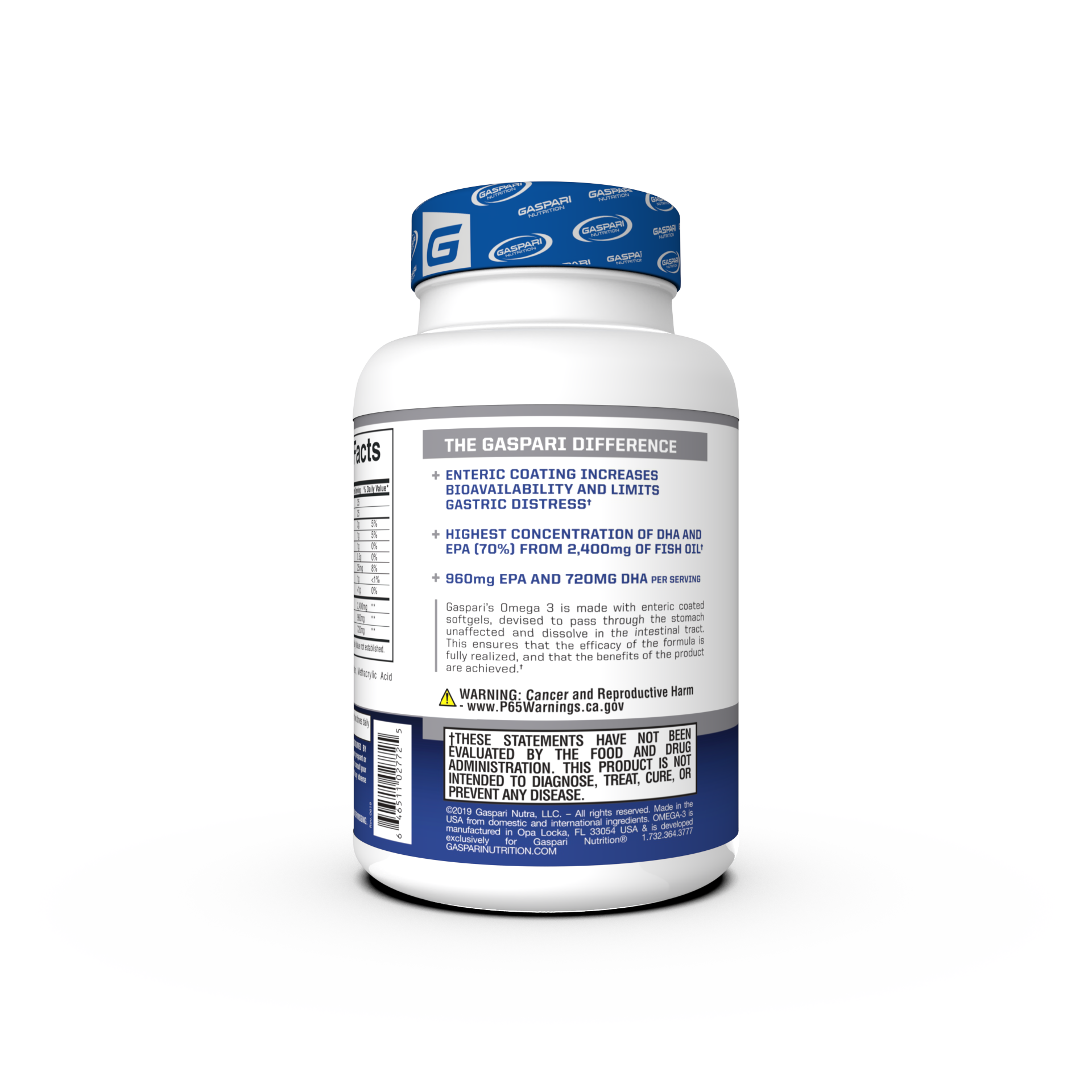

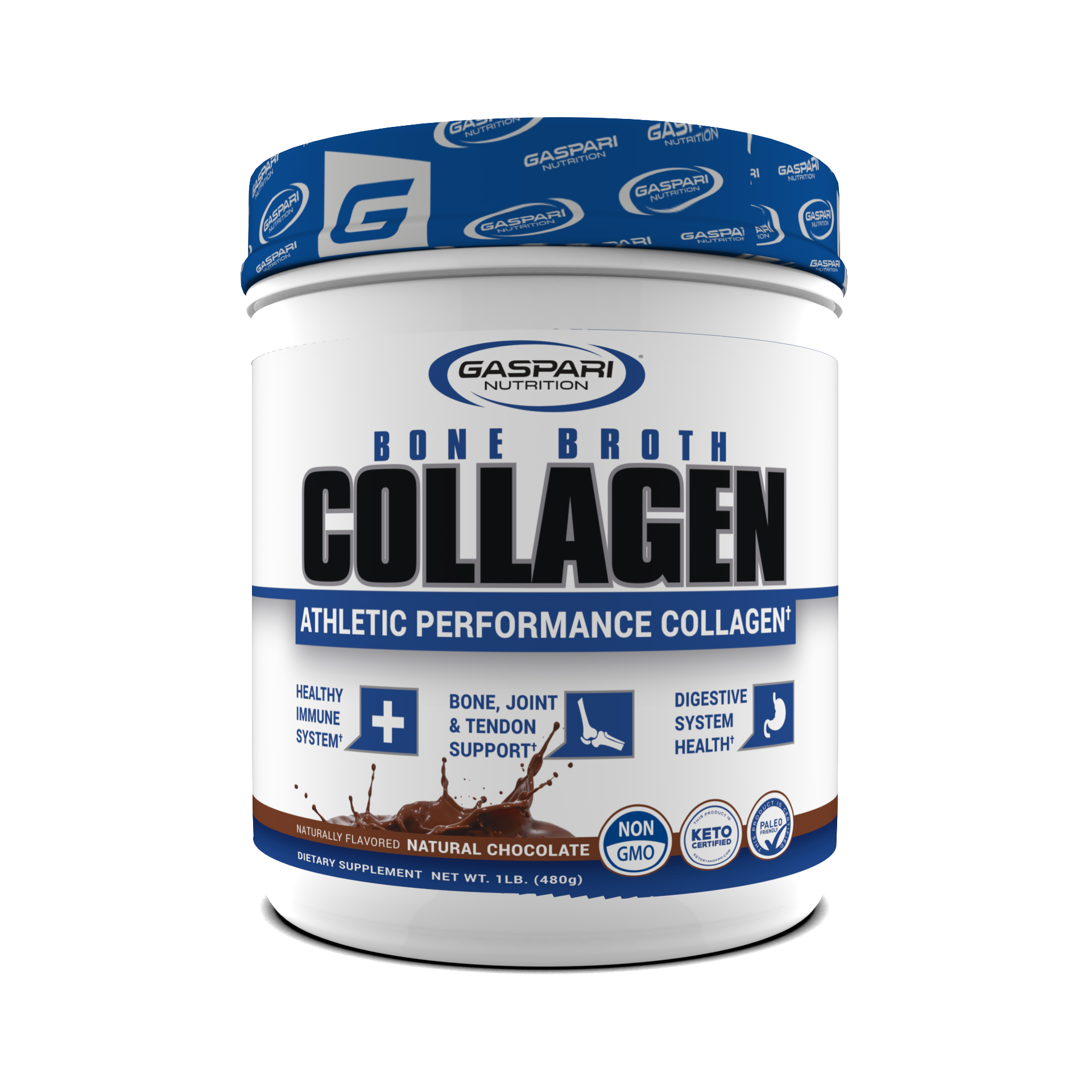
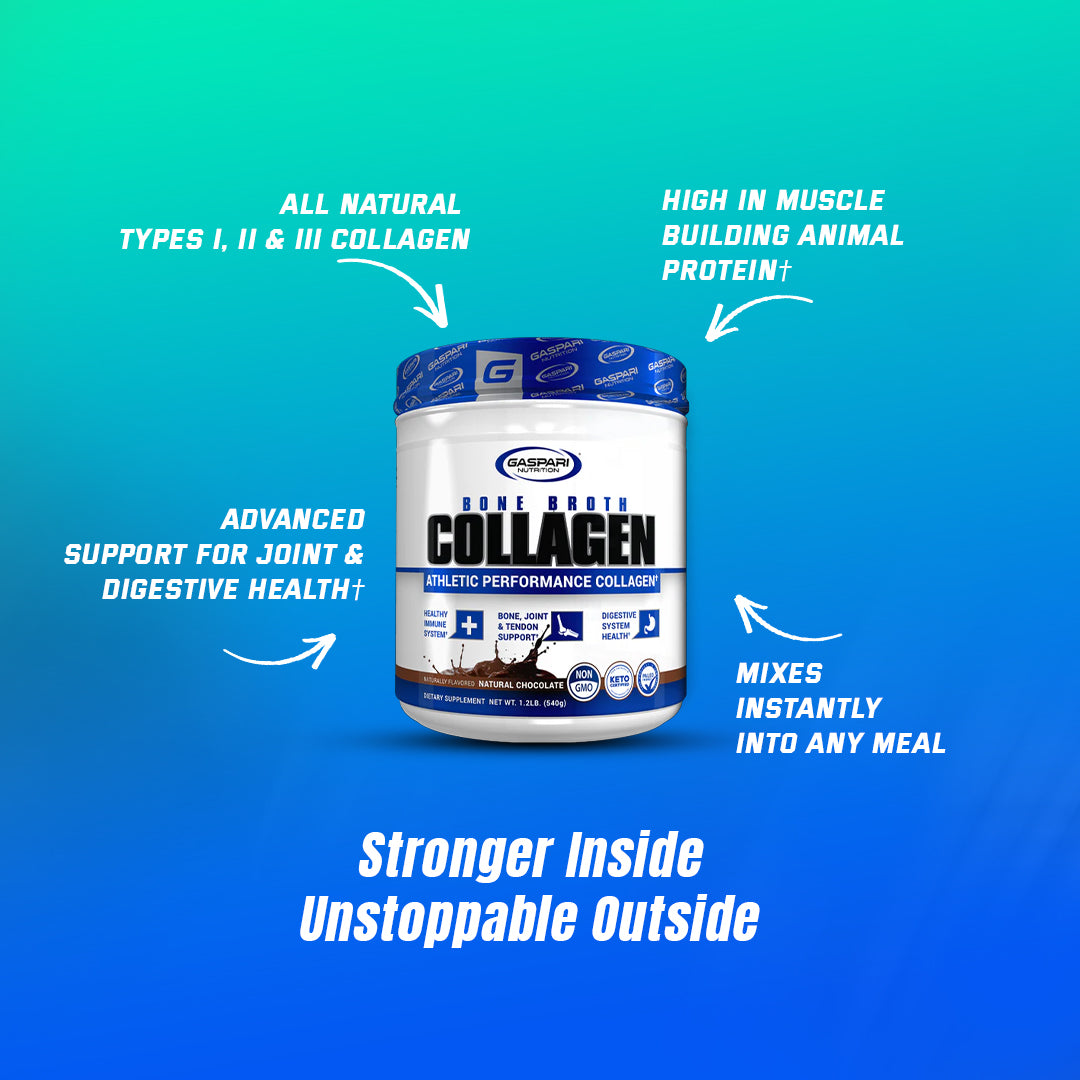
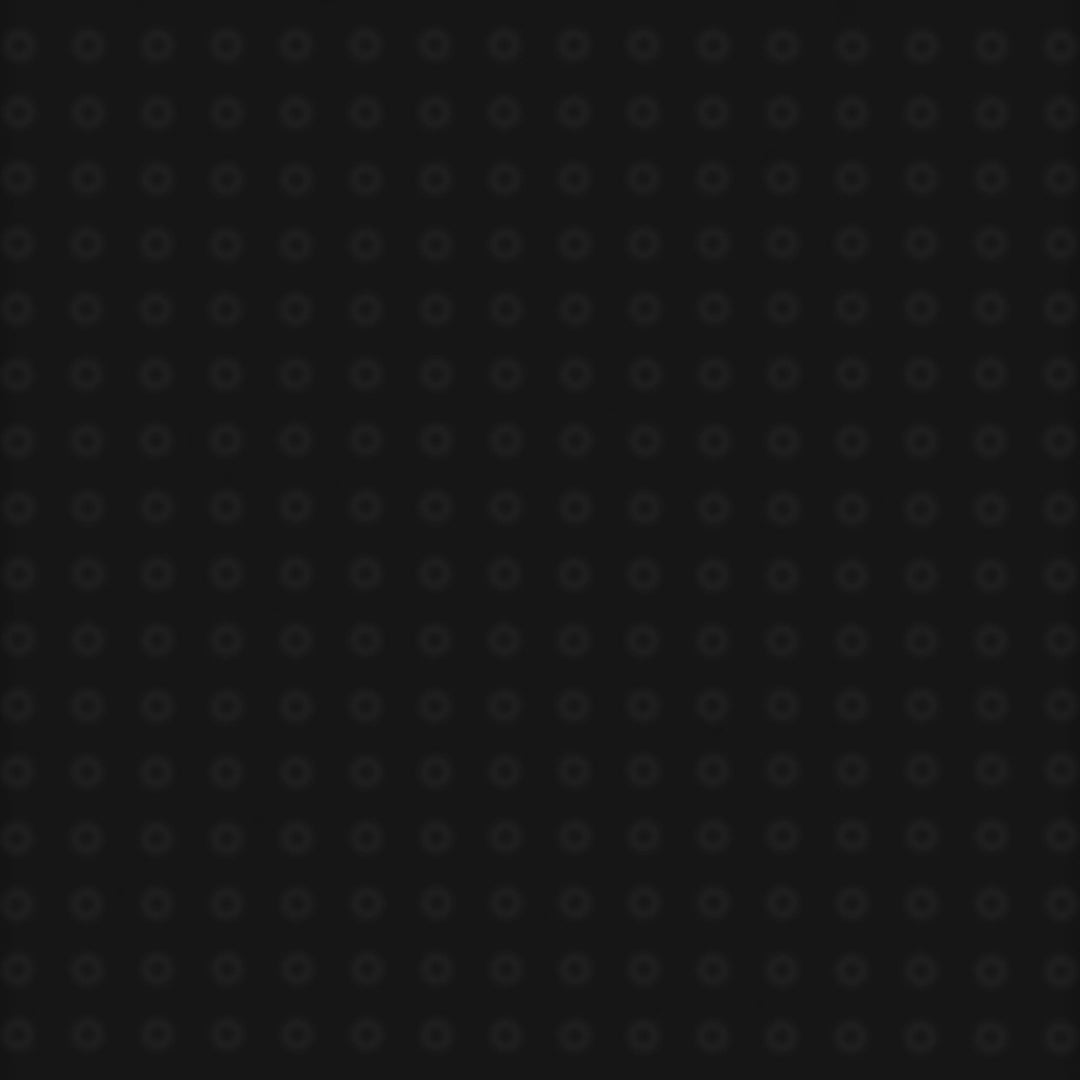
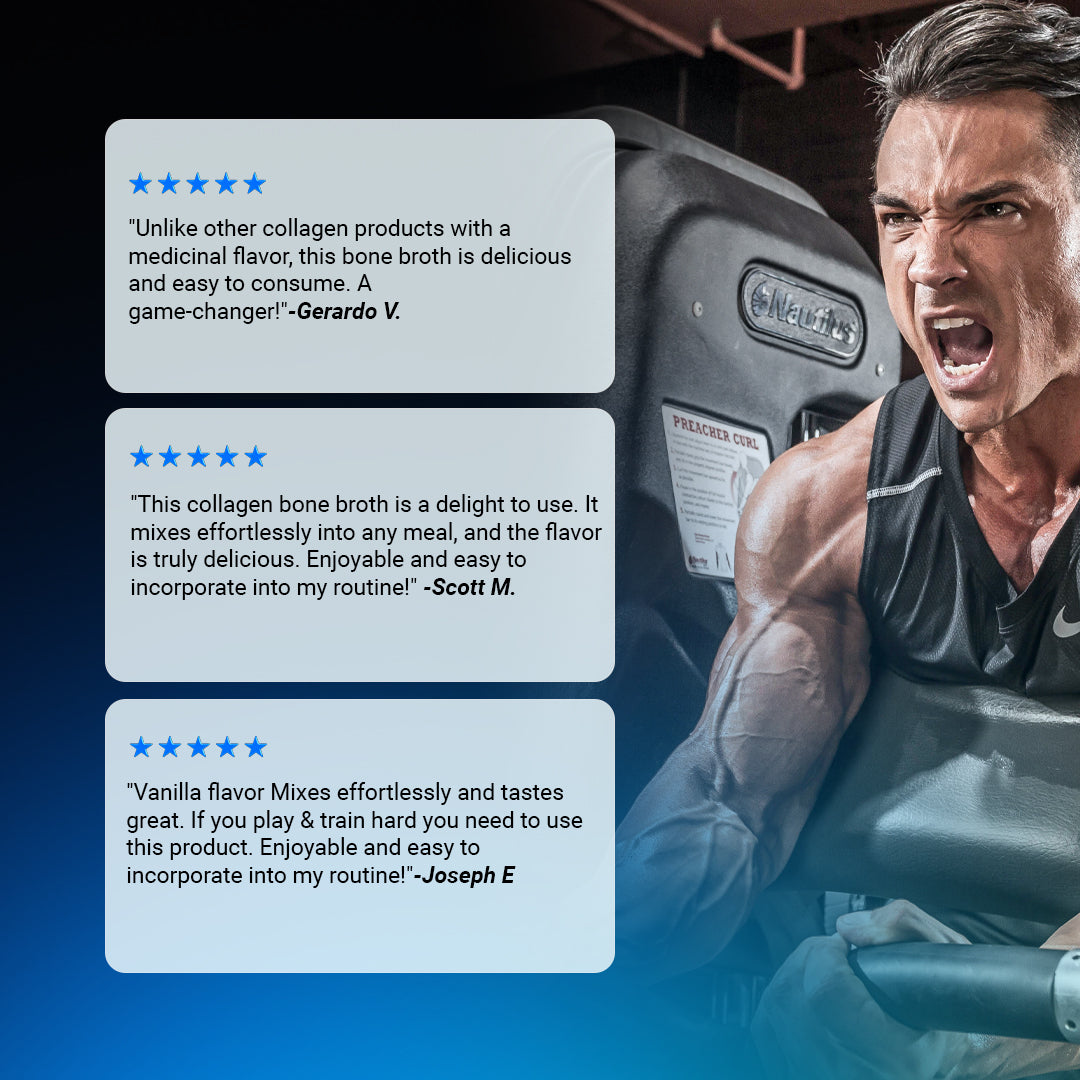
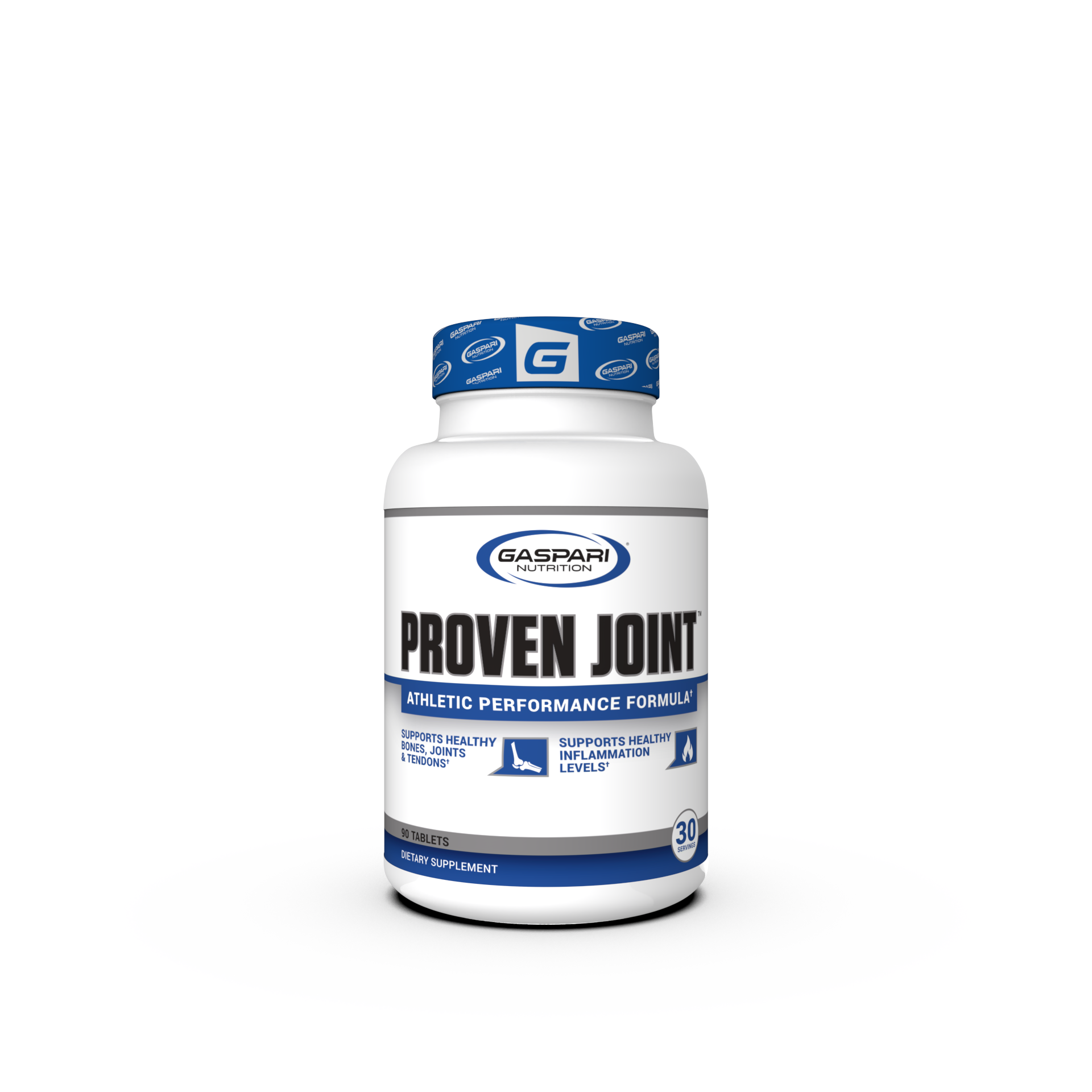
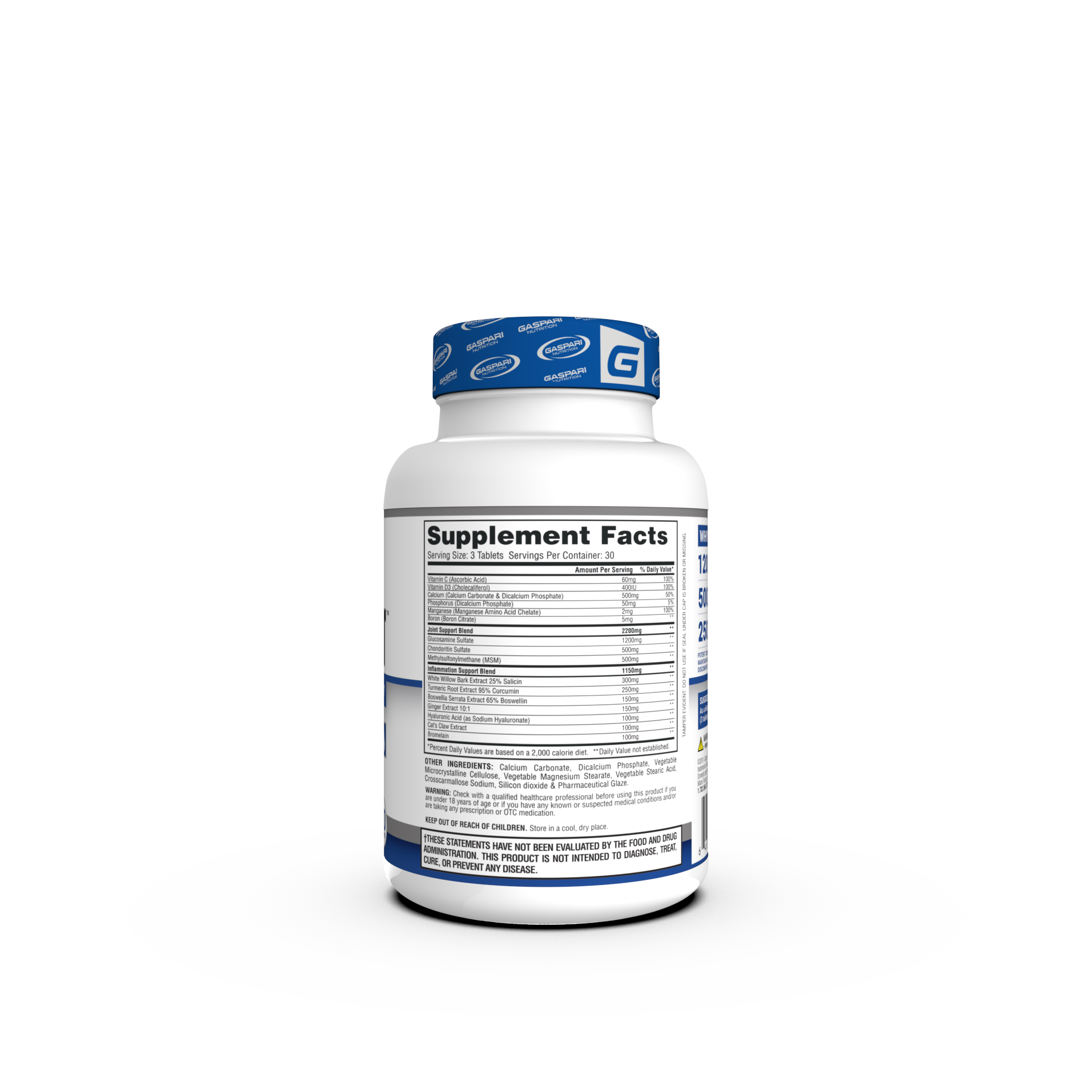
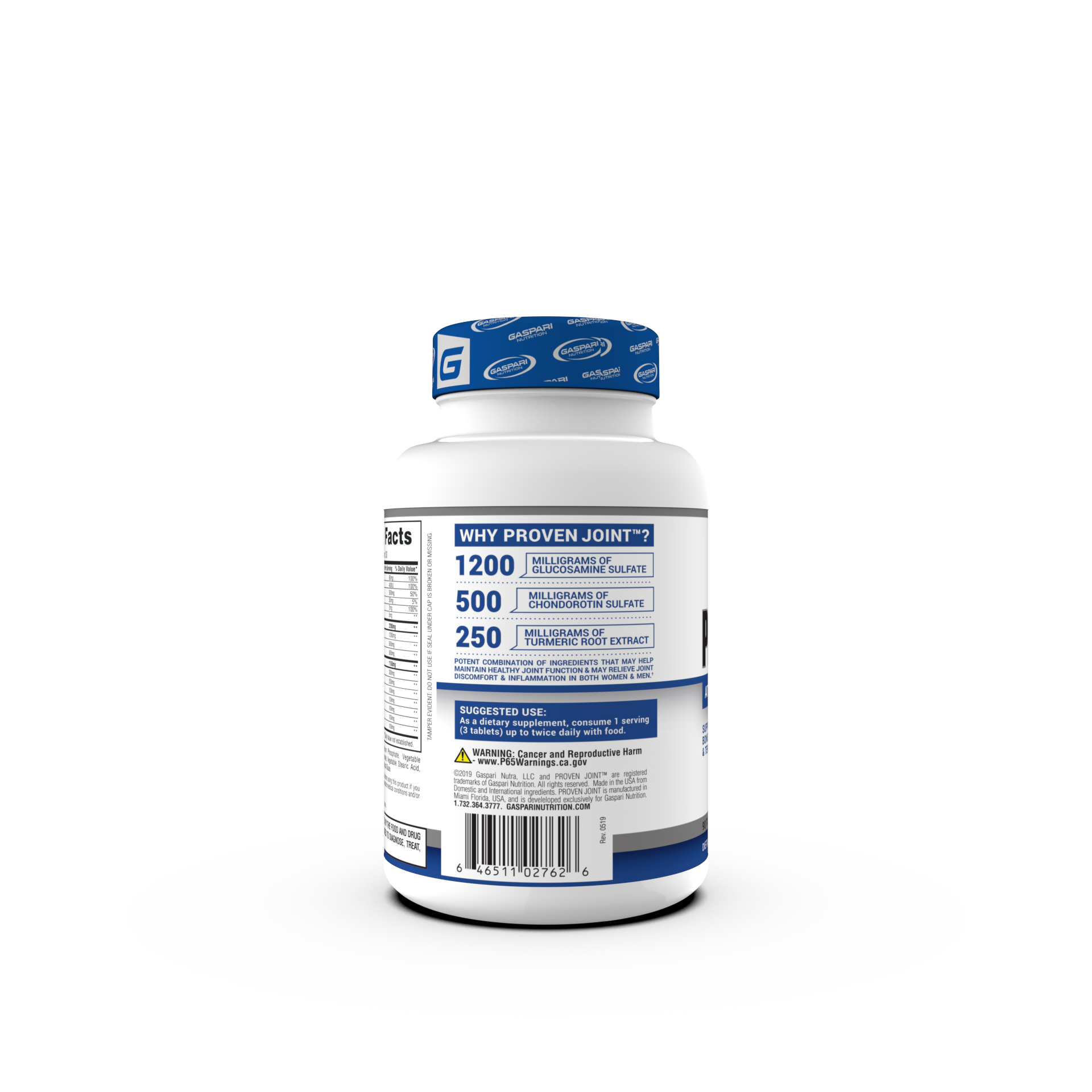

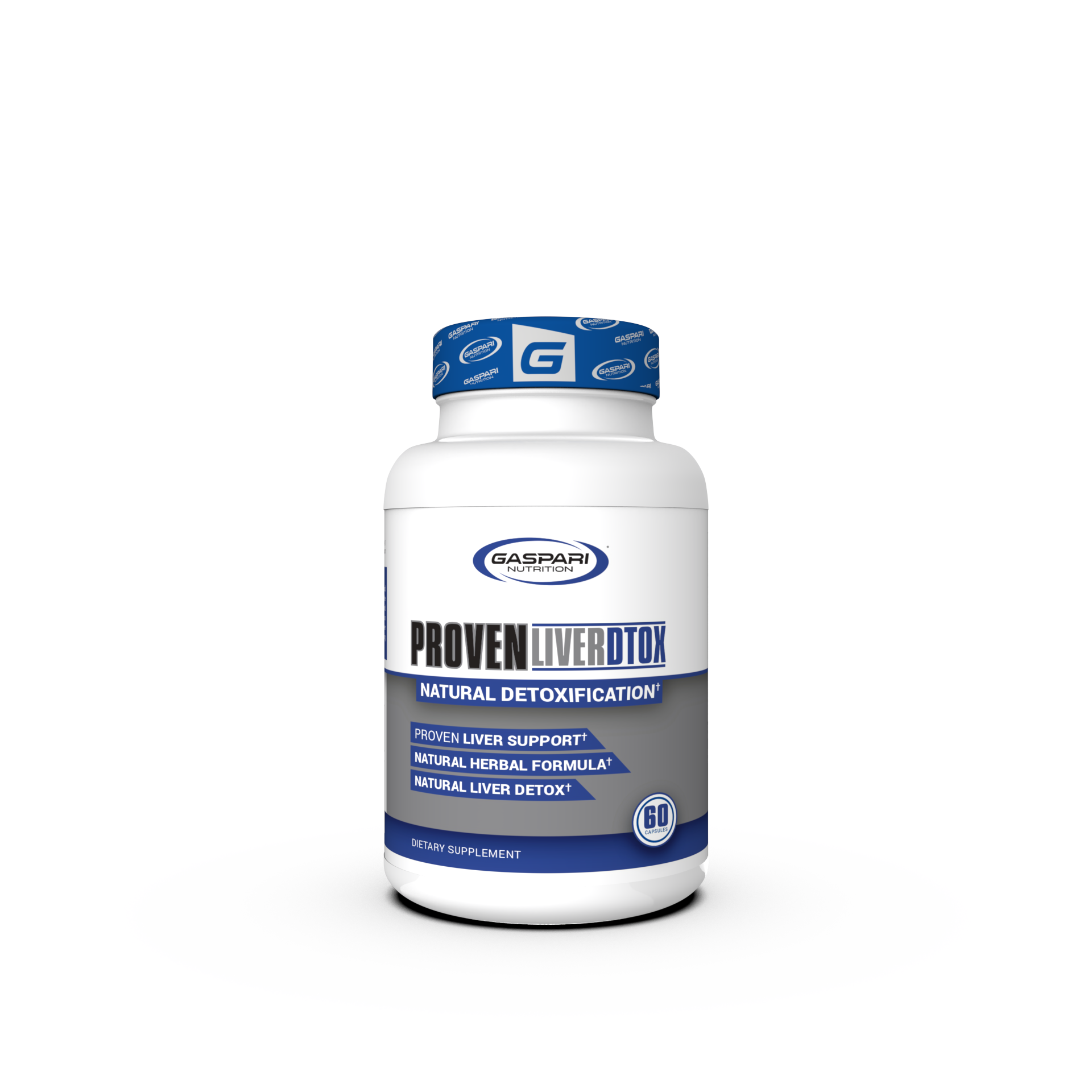

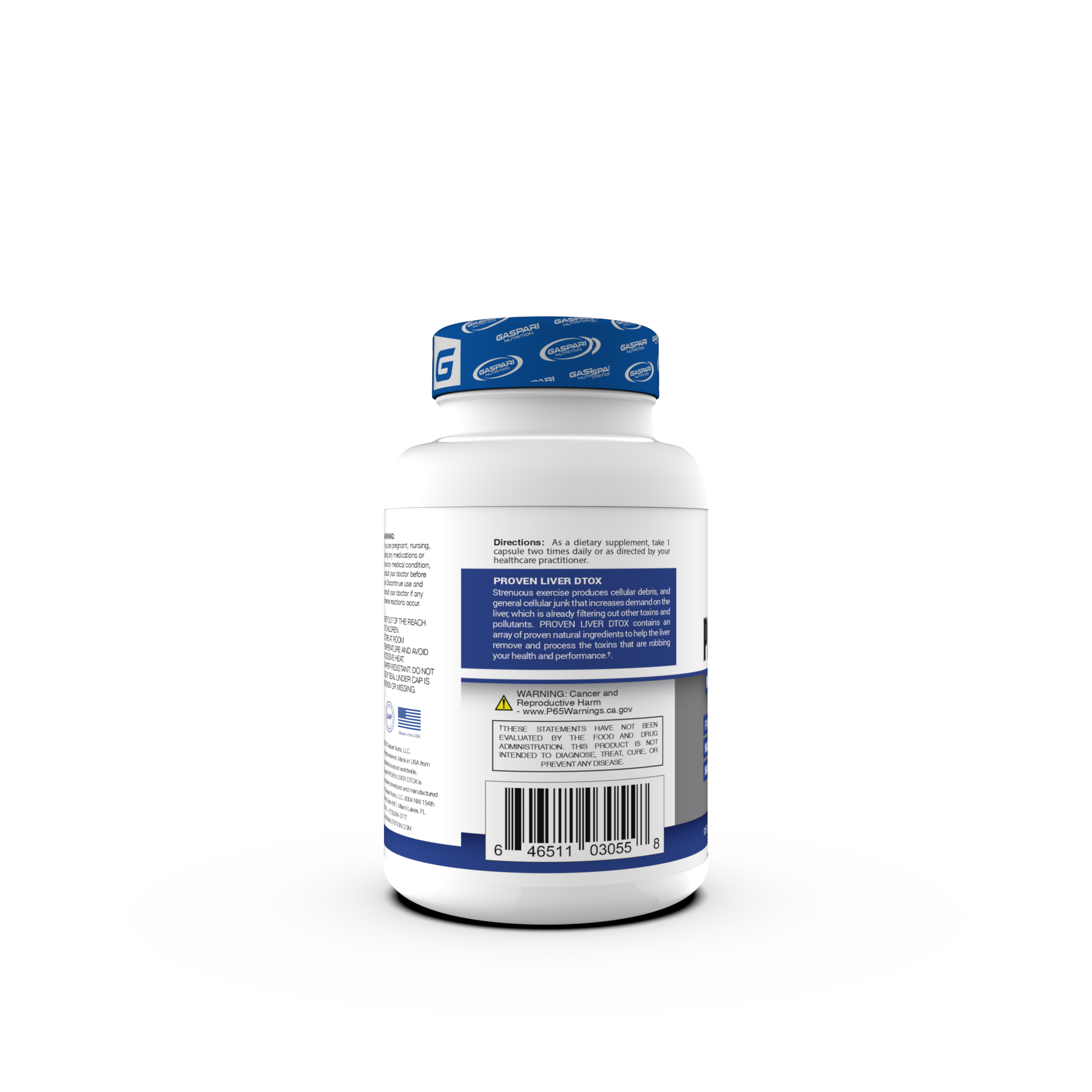
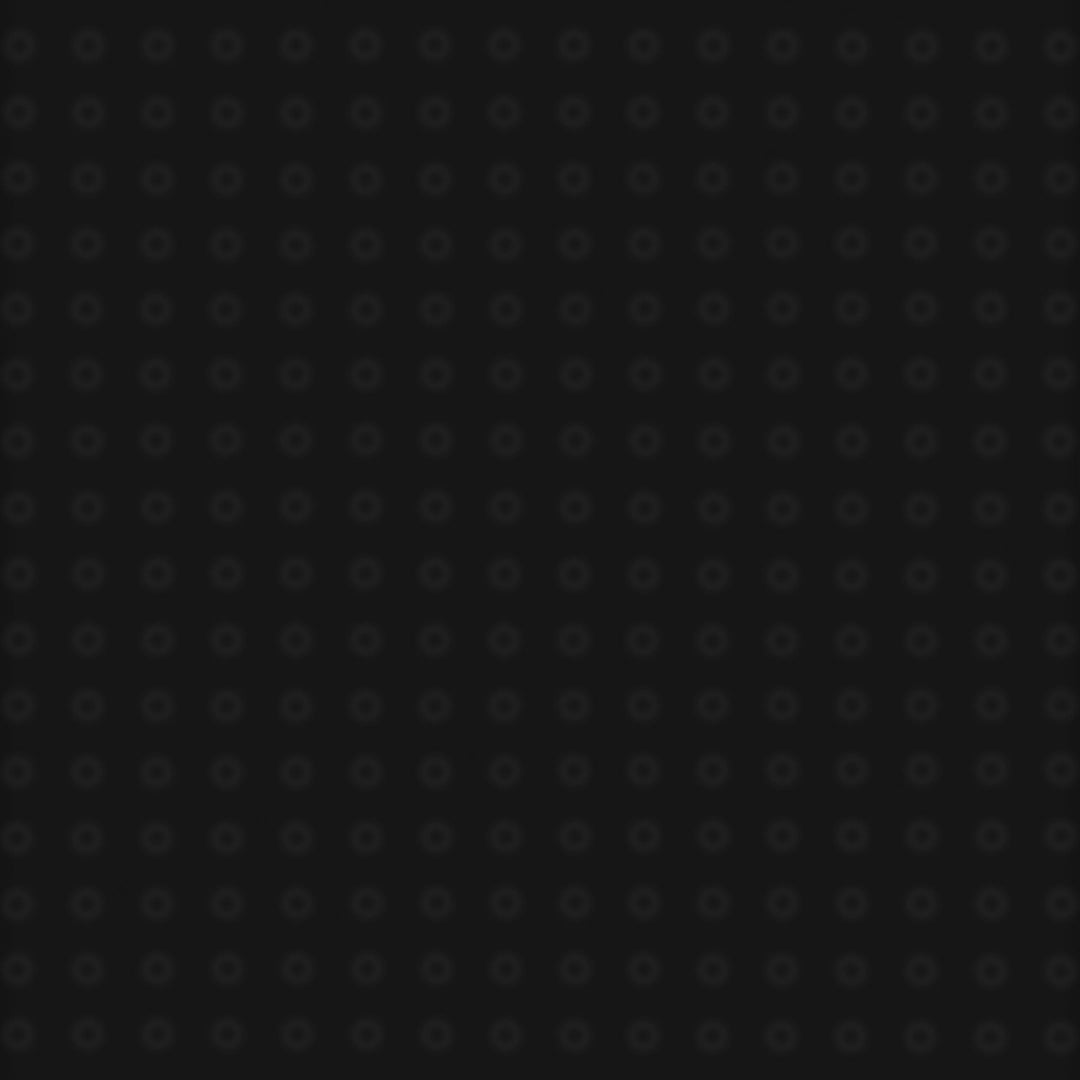
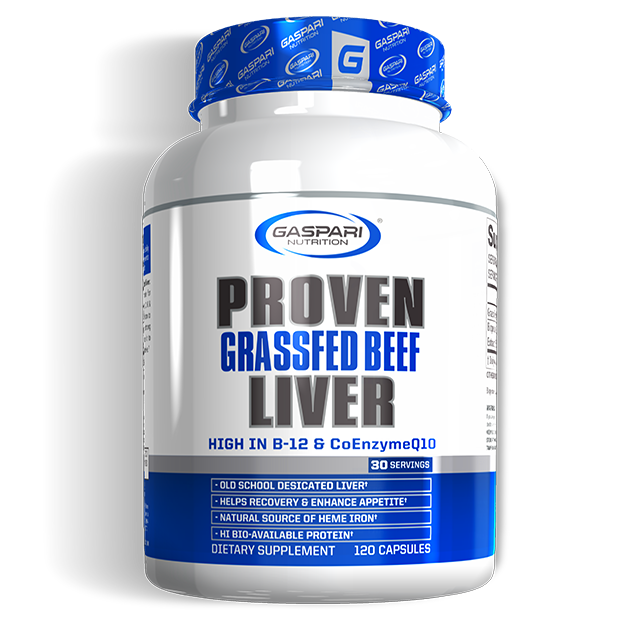


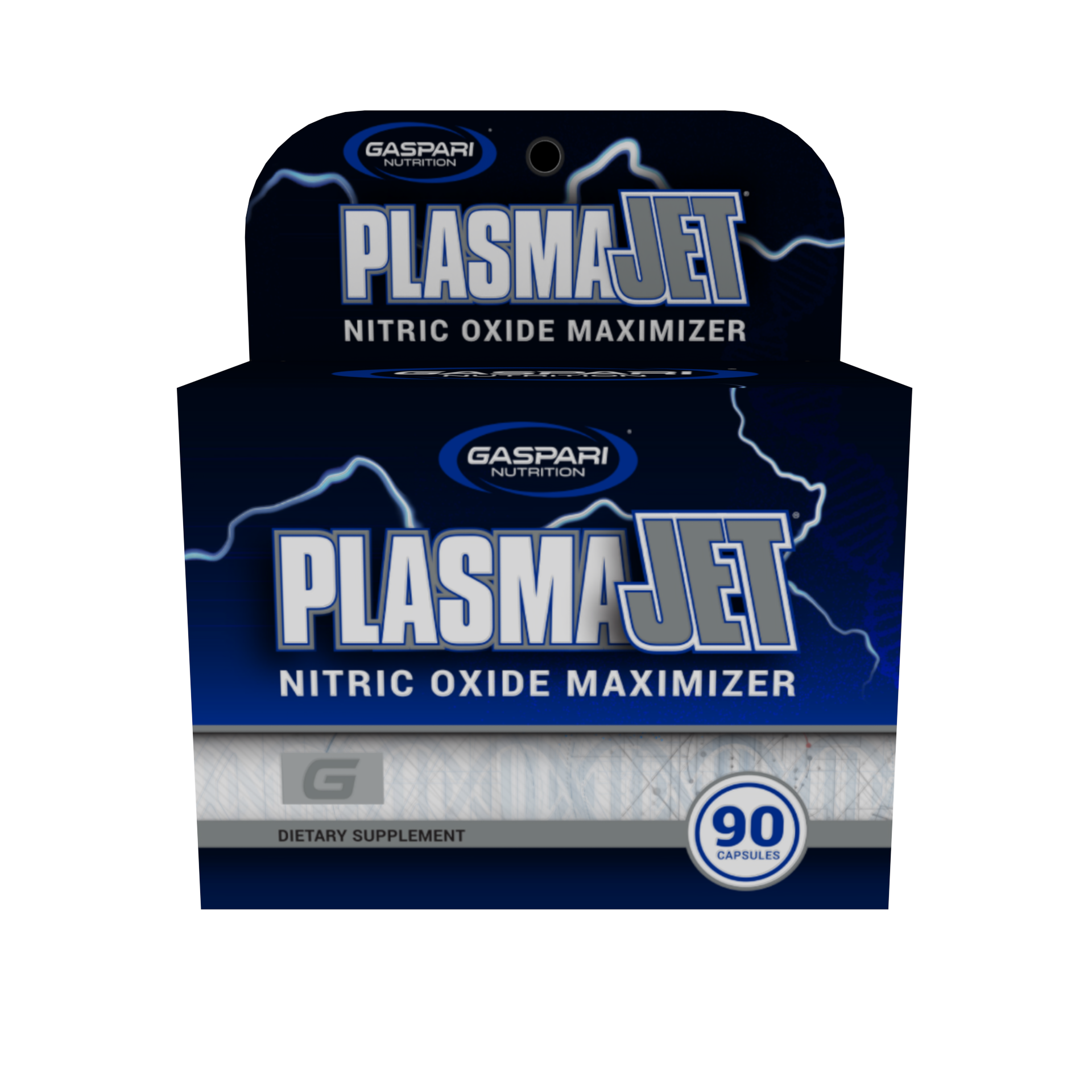


Share:
What Are The Major Muscle Groups?
Upper/Lower Split Training 101